Articles
-
Watermelon salad with goat’s cheese and organic extra virgin olive oil

- Alentejo
- Gastronomy
⋅ -
Assobio: Uma perspectiva diferente do Douro
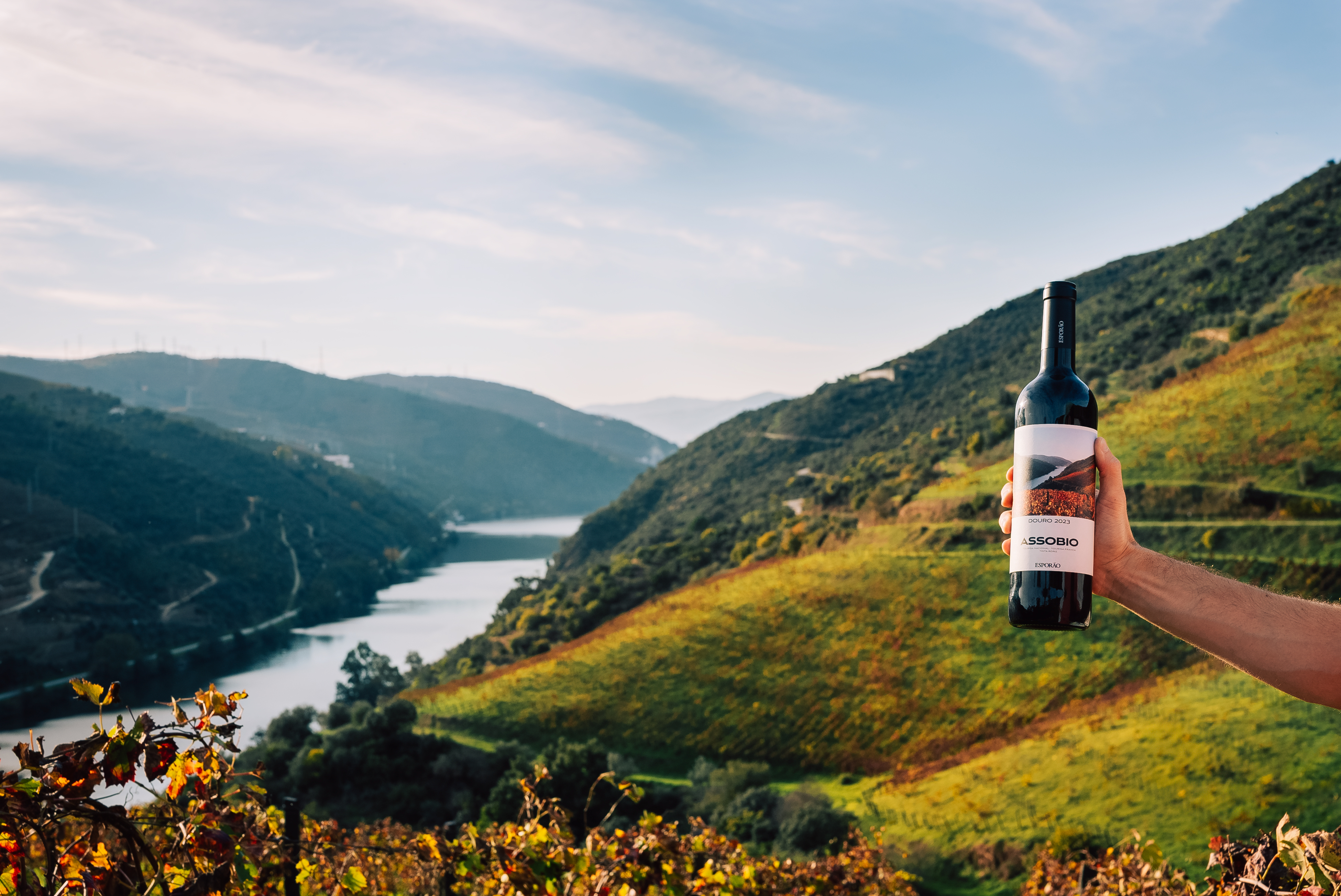
- Douro
- Wine
⋅ -
Bico Amarelo
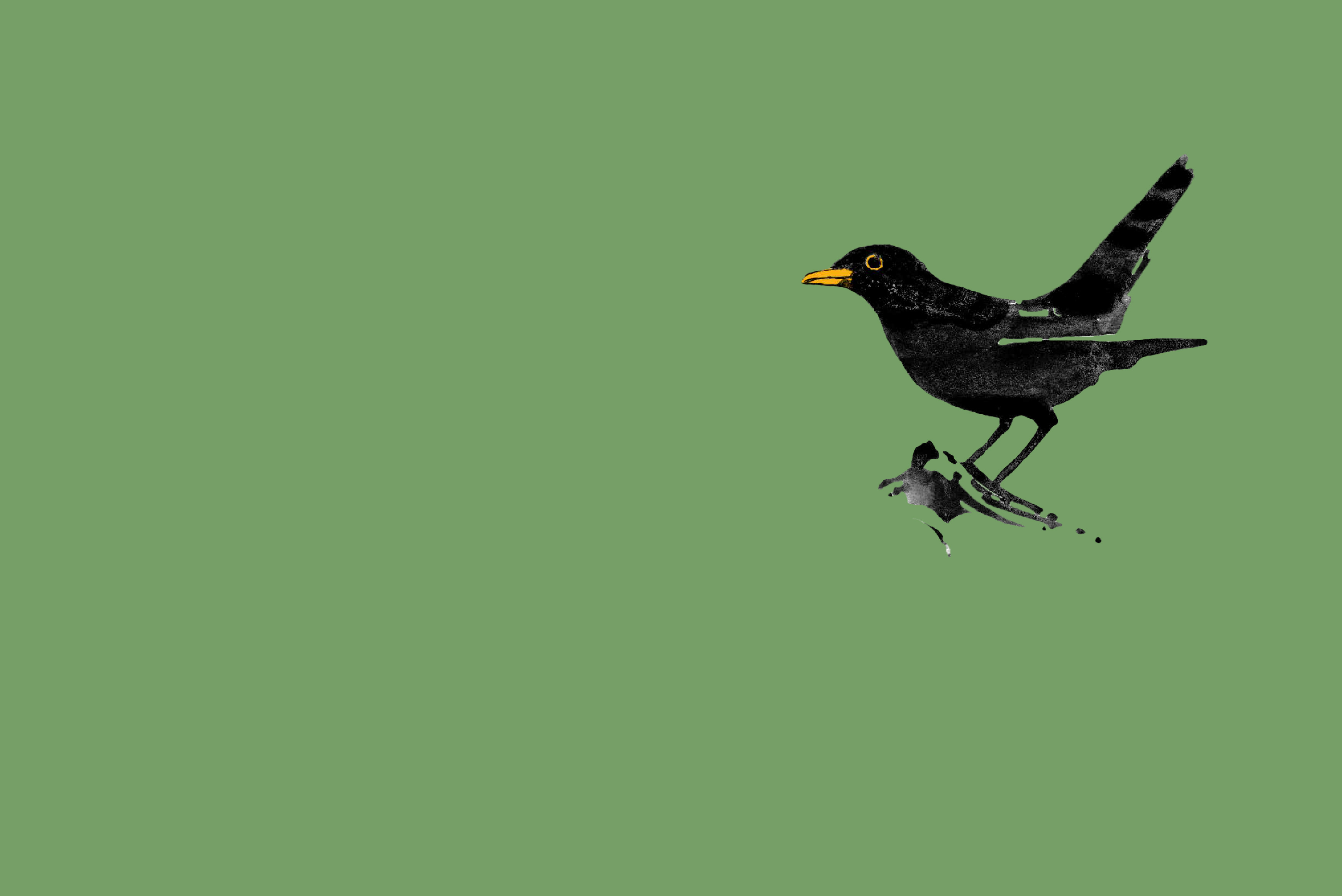
- Vinho Verde
- Wine
⋅ -
Easter at the Table at Herdade do Esporão
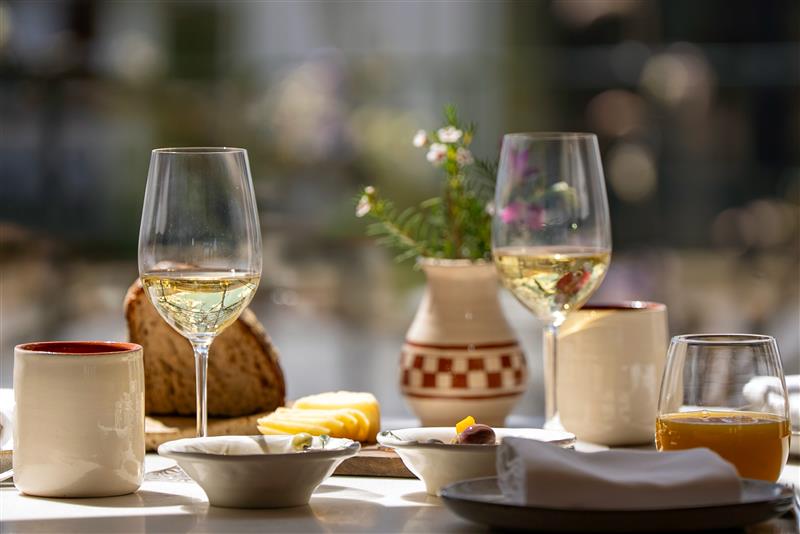
- Alentejo
- Tourism
⋅ -
Love Food Fest
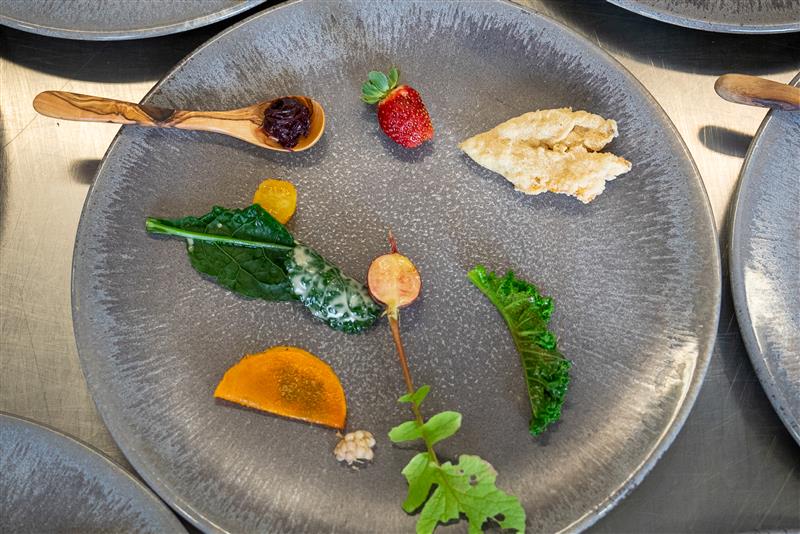
- Alentejo
- Tourism
⋅ -
Pork cheeks, green sauce and polenta

- Alentejo
- Gastronomy
⋅ -
Lamb shoulder with stew sauce

- Alentejo
- Gastronomy
⋅ -
Pear and Blue Cheese Galette with Pecans and Honey

- Alentejo
- Gastronomy
⋅ -
Eduardo Aires

- Alentejo
- Art
⋅ -
Mãos à Horta

- Alentejo
- Gastronomy
⋅ -
Olive Harvest at Herdade do Esporão

- Alentejo
- Olive Oils
⋅ -
New Esporão Colheita

- Alentejo
- Wine
⋅ -
Bico Amarelo: Um vinho branco da região do Vinho Verde. Sem gás e sem açúcar.
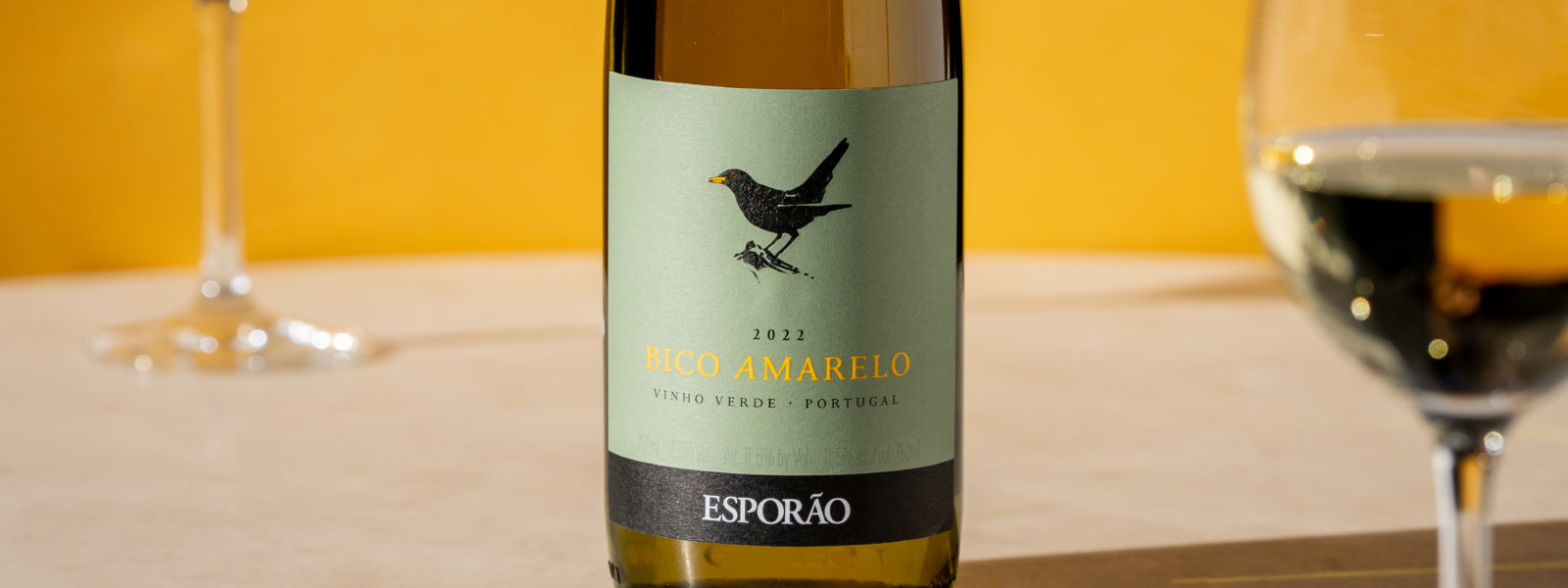
- Vinho Verde
- Wine
⋅ -
Olive oil, lemon and rosemary cake

- Alentejo
- Gastronomy
⋅ -
Roasted Butternut Squash Risotto with Quail

- Alentejo
- Gastronomy
⋅ -
Magret de pato com redução de frutos vermelhos

- Alentejo
- Gastronomy
⋅ -
Marinated goat cheese
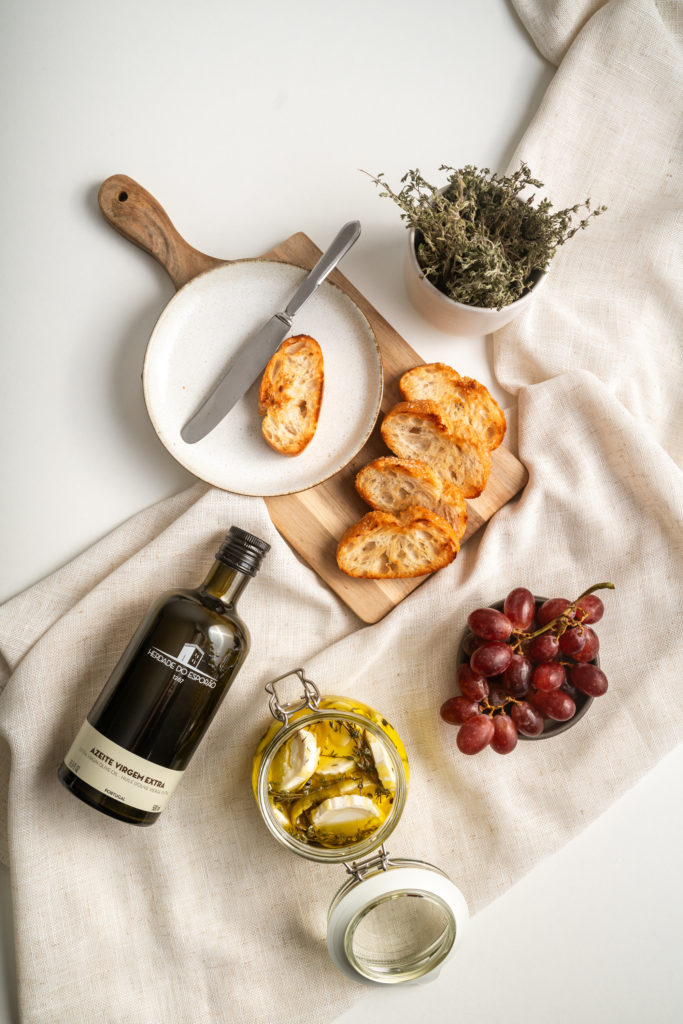
- Alentejo
- Gastronomy
⋅ -
Salada de Inverno
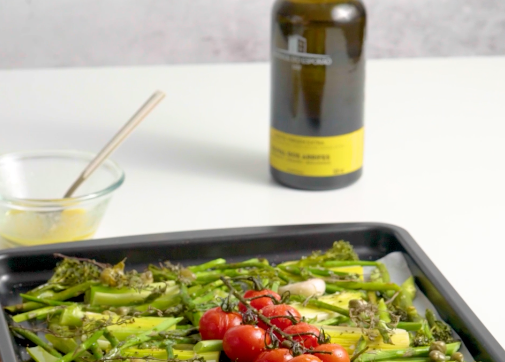
- Alentejo
- Gastronomy
⋅ -
Trança de enchidos
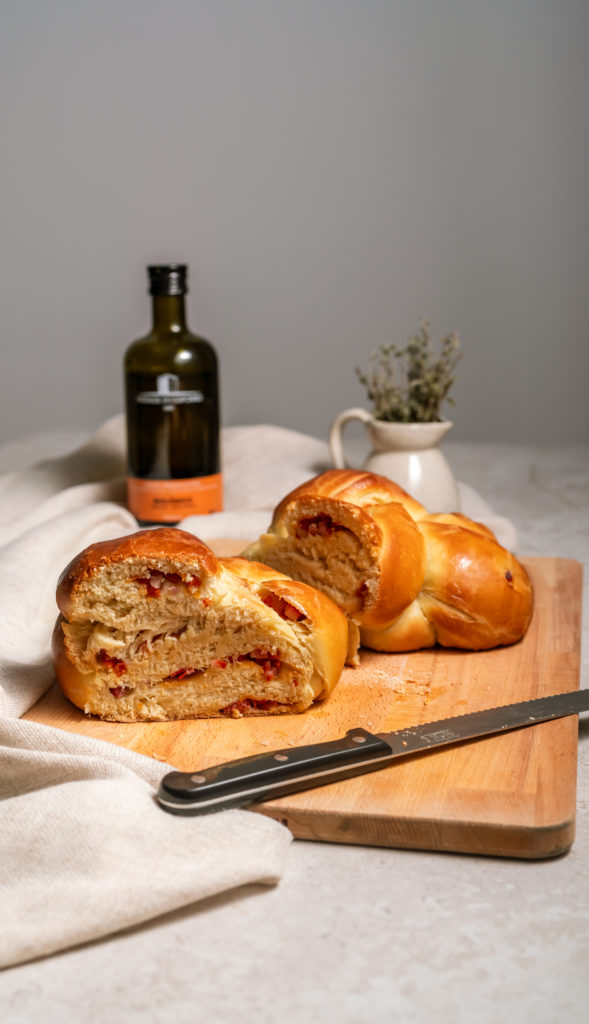
- Alentejo
- Gastronomy
⋅ -
Warm roast pumpkin, tofu and broccolini salad
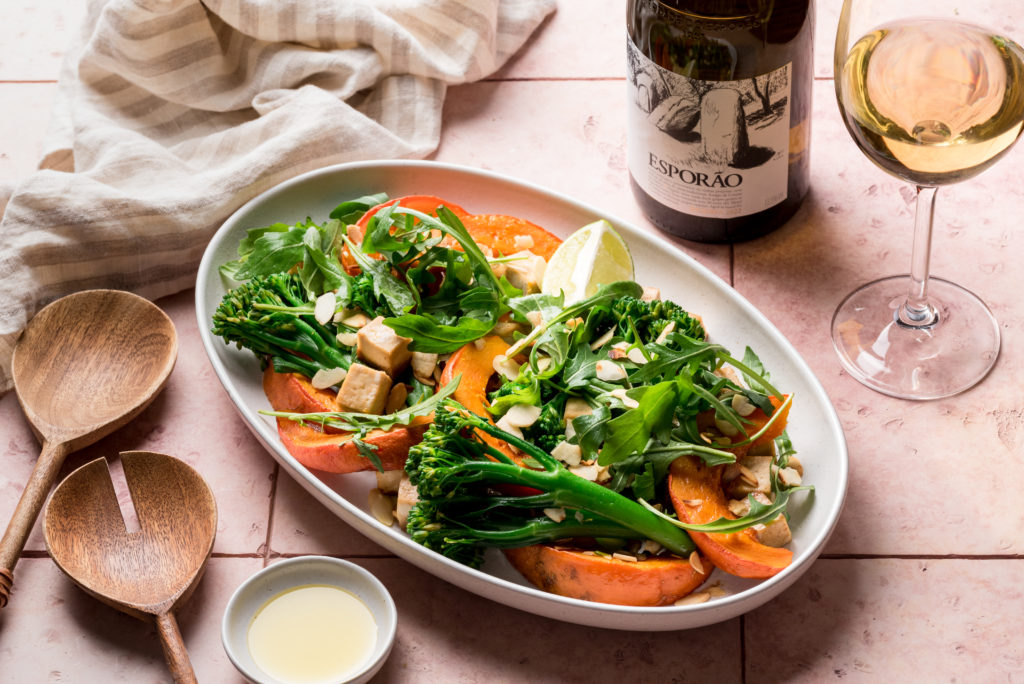
- Alentejo
- Gastronomy
⋅ -
Beet and dill cream

- Alentejo
- Gastronomy
⋅ -
Bolo de cenoura e especiarias

- Alentejo
- Gastronomy
⋅ -
Pernil de porco com arroz e passas
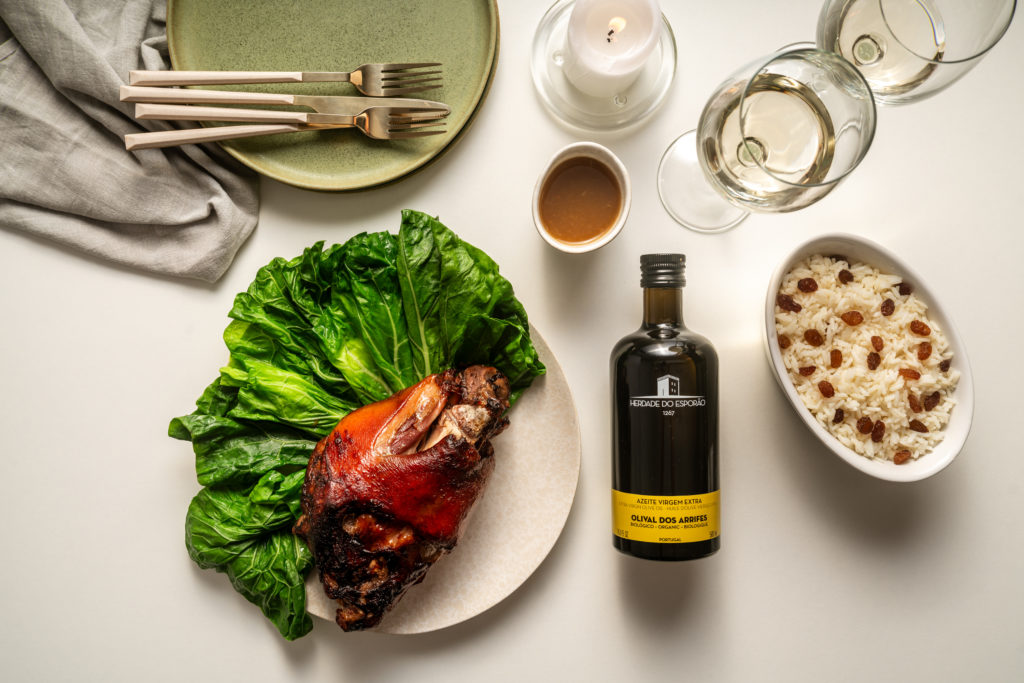
- Alentejo
- Gastronomy
⋅ -
Rice with turnip greens, farinheira flour sausage and spouts tempura
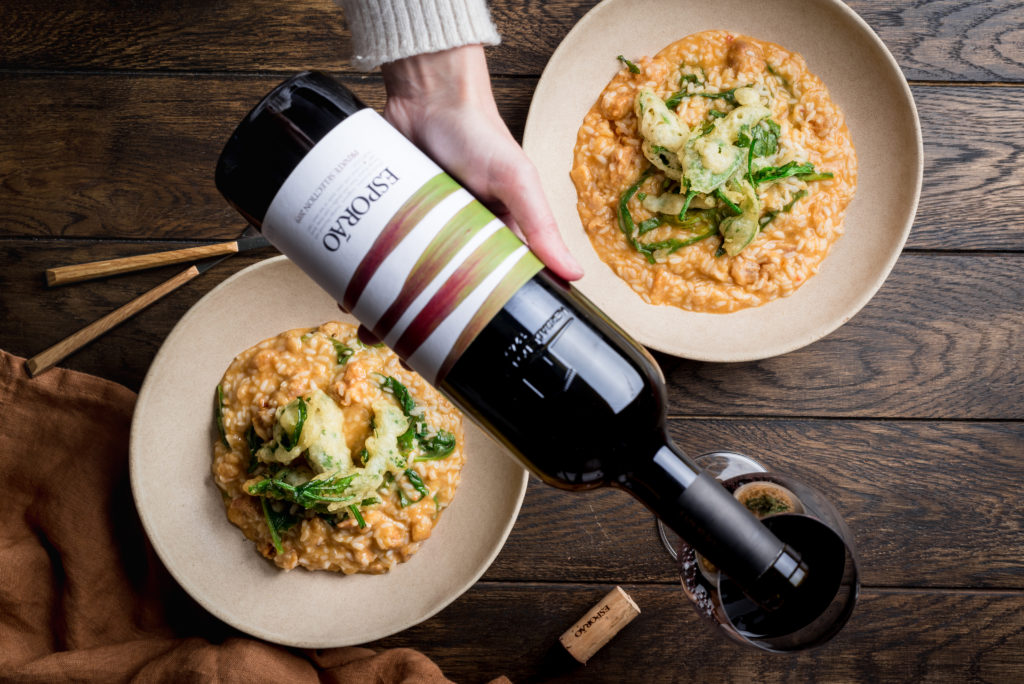
- Alentejo
- Gastronomy
⋅ -
Tuna tataki with broccolini and shitake

- Alentejo
- Gastronomy
⋅ -
Vegetable couscous with lamb chops
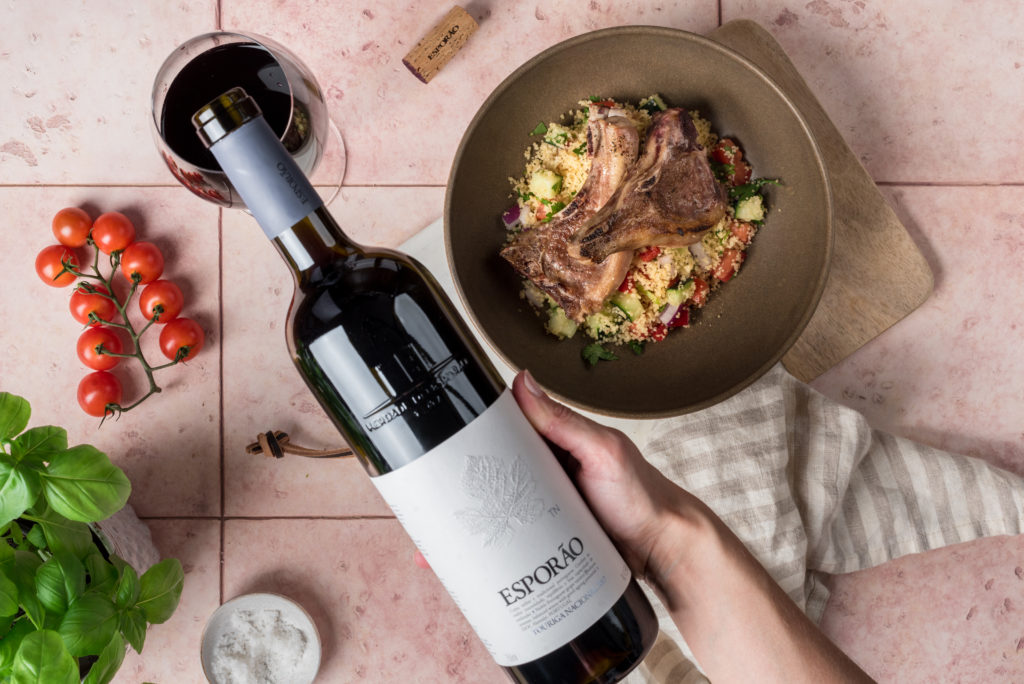
- Alentejo
- Gastronomy
⋅ -
Spaghetti alle Carbonara

- Alentejo
- Gastronomy
⋅ -
Alexandre Conefrey
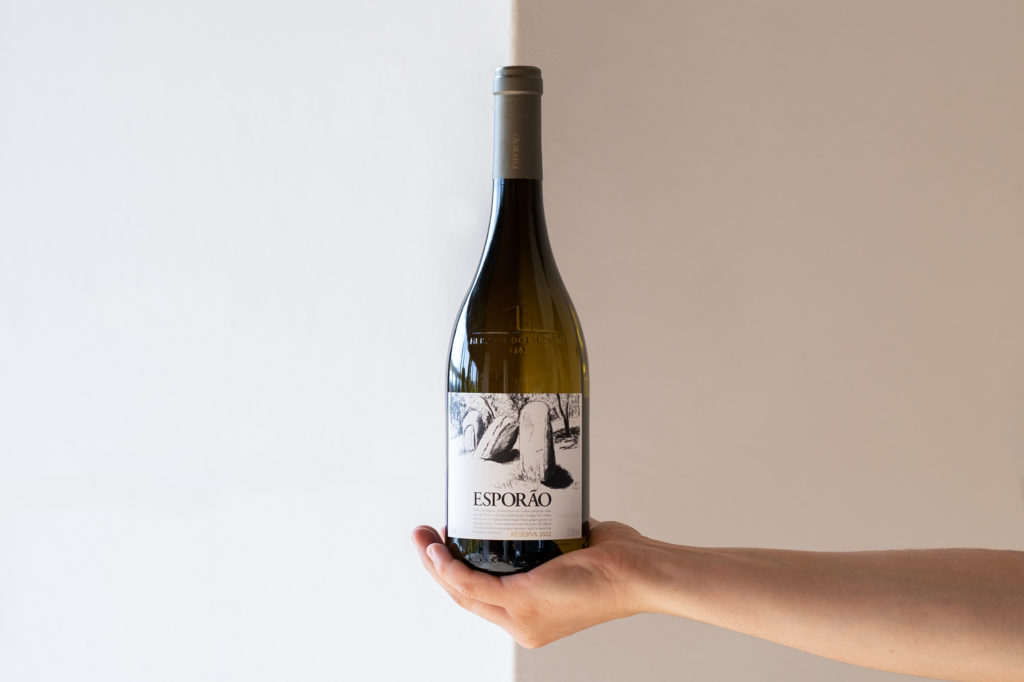
- Alentejo
- Art
⋅ -
Jorge Queiroz
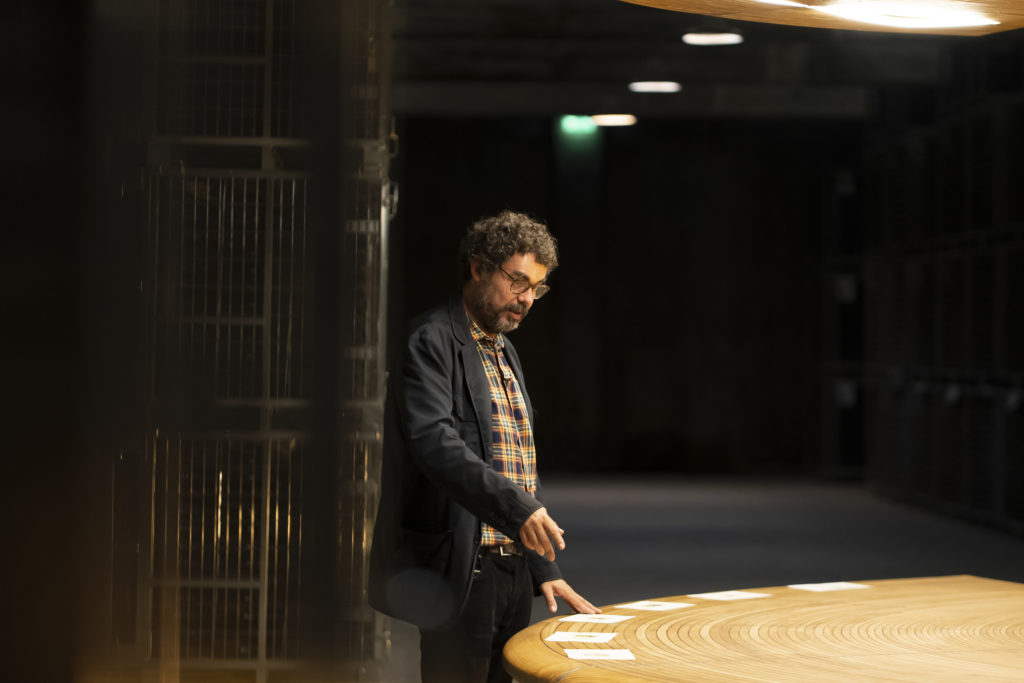
- Alentejo
- Art
⋅ -
Abel Mota
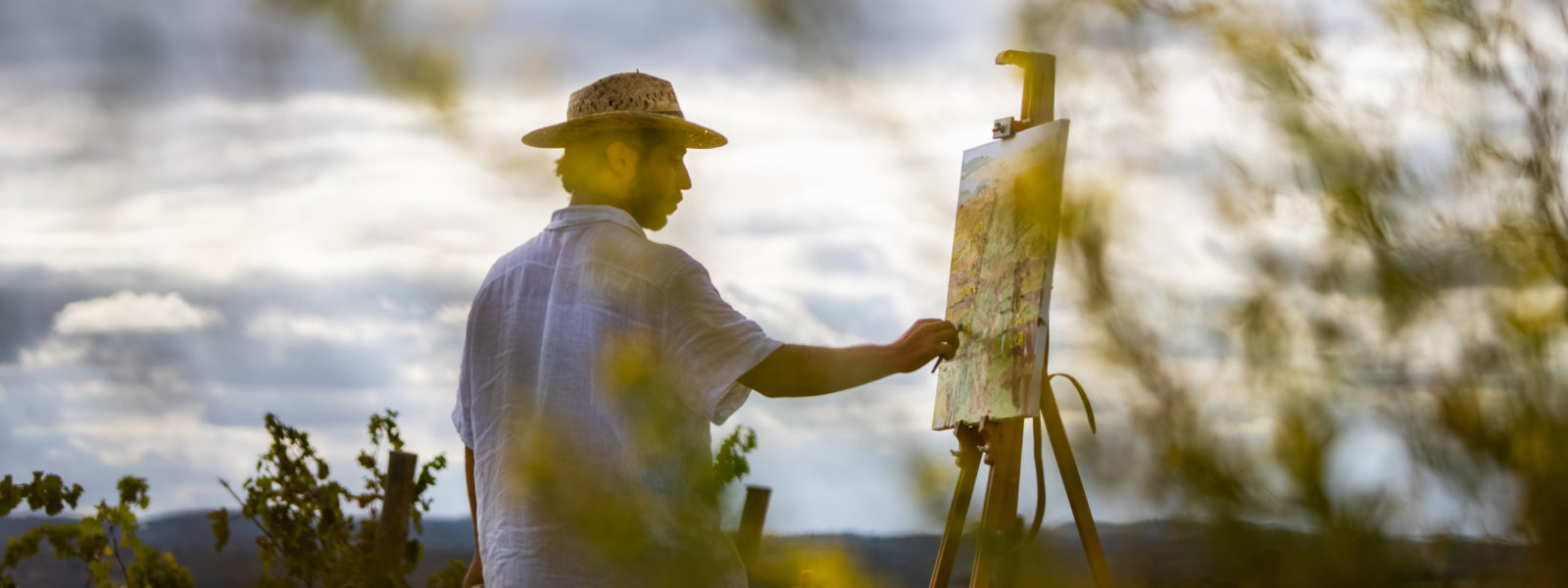
- Alentejo
- Art
⋅ -
Albuquerque Mendes
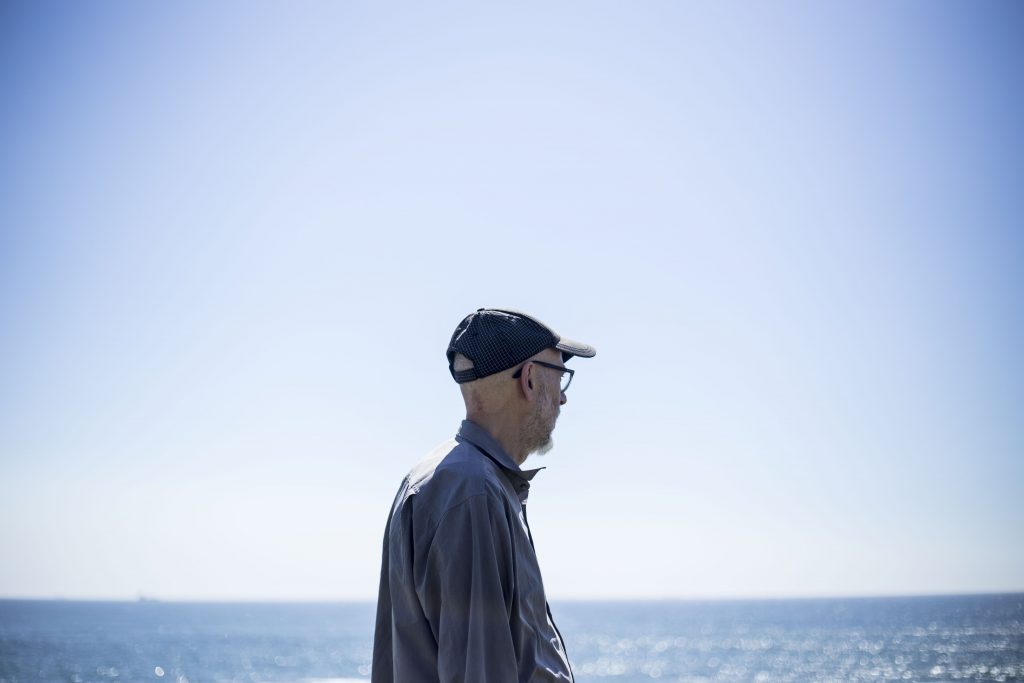
- Alentejo
- Art
⋅ -
Pedro A.H. Paixão
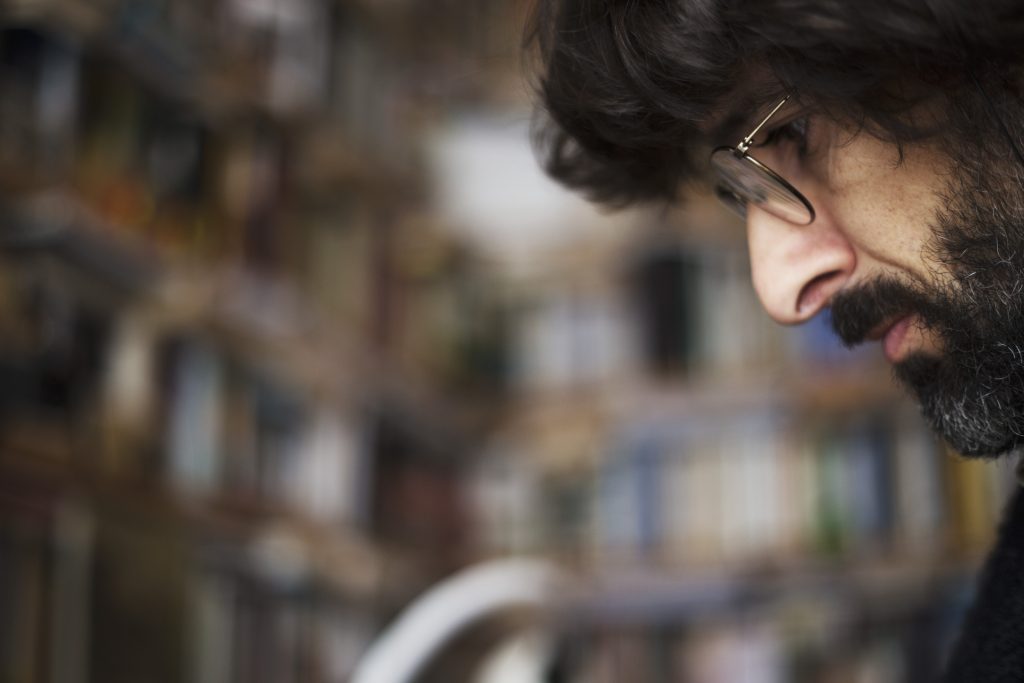
- Alentejo
- Art
⋅ -
Esporão Private Selection Red 2016: The sum of many details
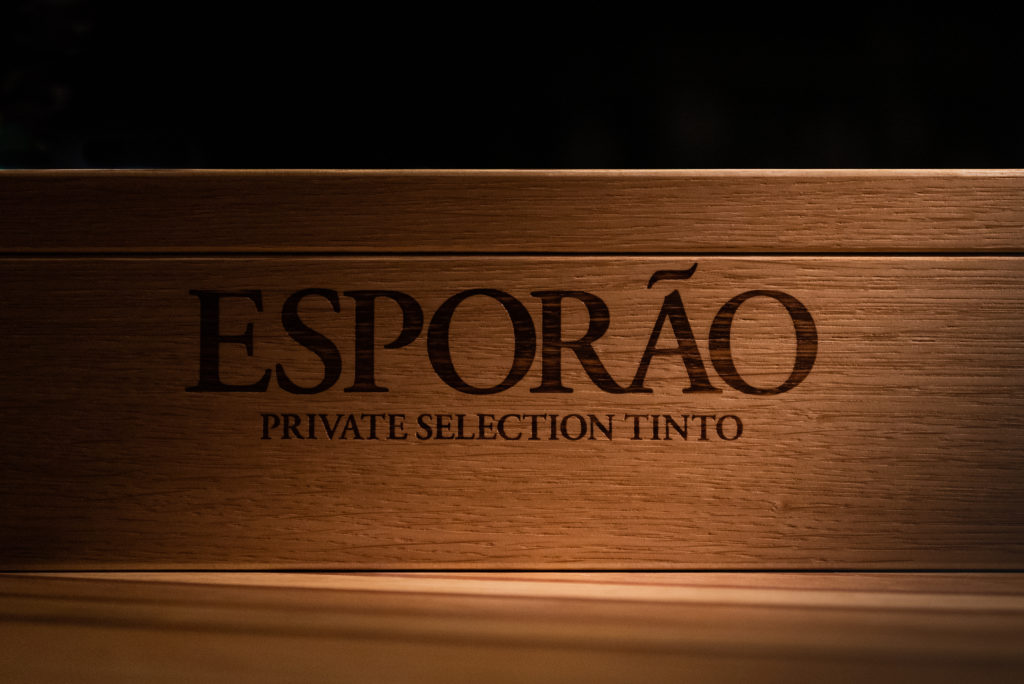
- Alentejo
- Wine
⋅ -
Açorda Alentejana de Bacalhau
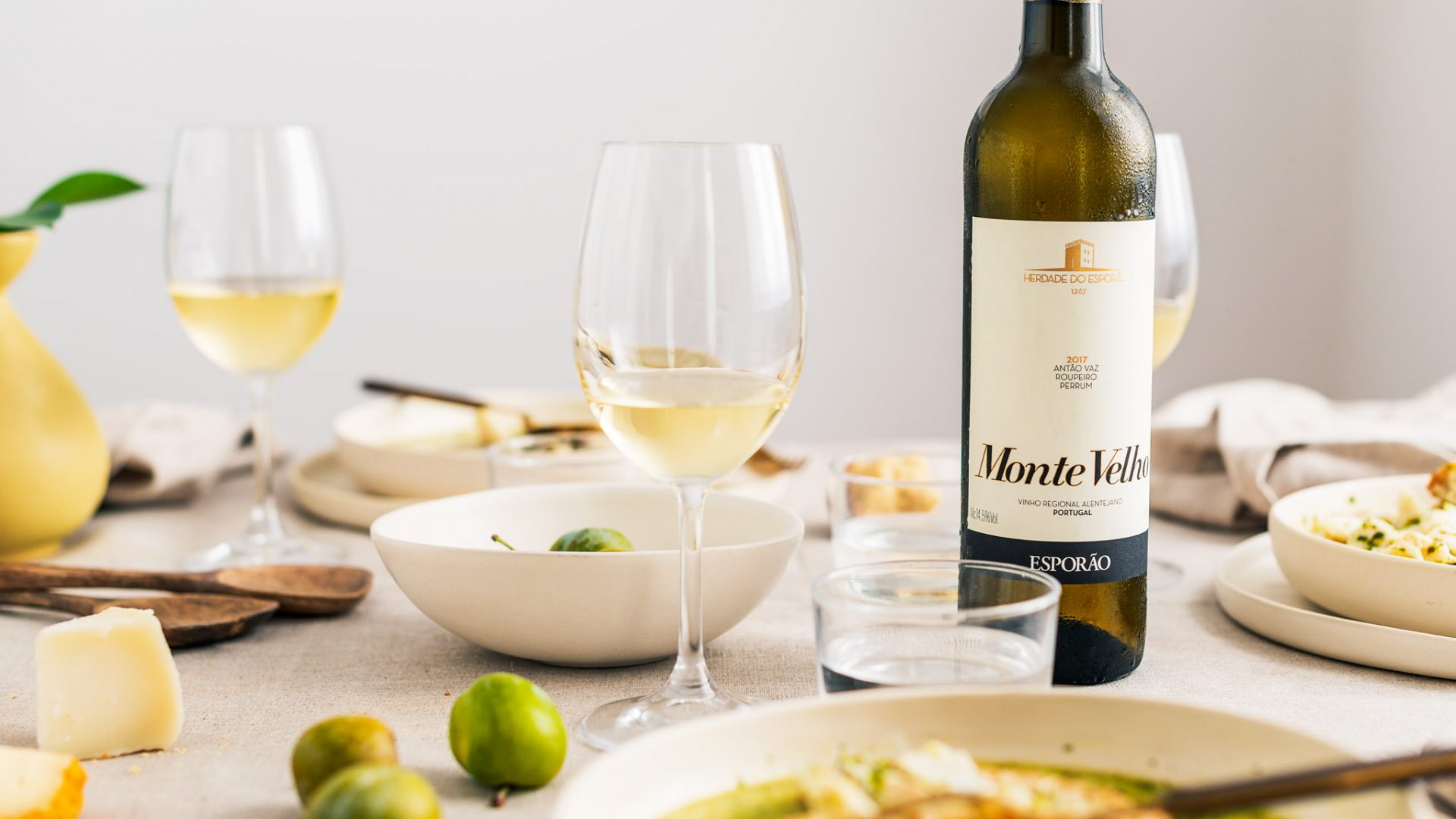
- Alentejo
- Gastronomy
⋅ -
A Adega Monte Velho
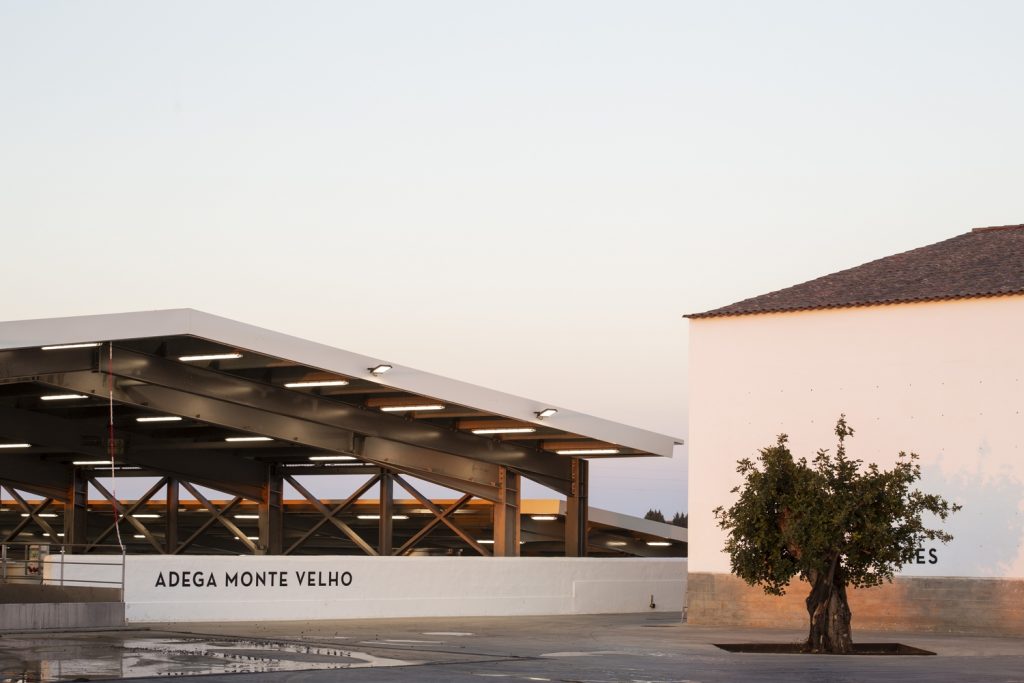
- Alentejo
- Wine
⋅ -
25 years of Monte Velho
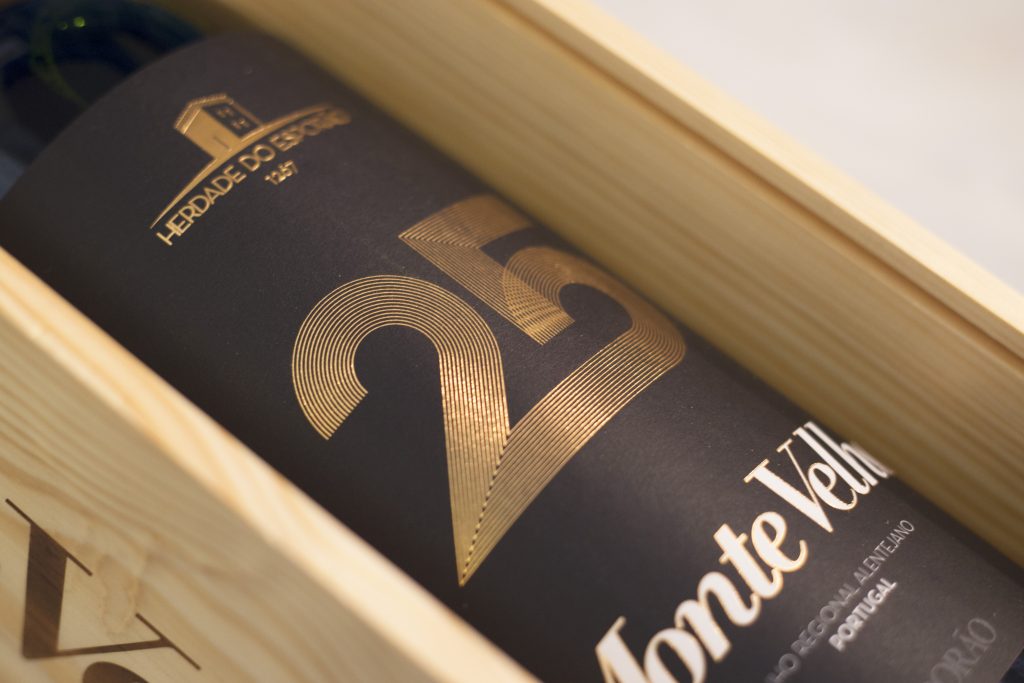
- Alentejo
- Wine
⋅ -
A brief history

- Alentejo
- History
⋅ -
The story of Monte Velho, by João Roquette

- Alentejo
- Wine
⋅ -
Alex Atala, o chef que nada perde e tudo transforma
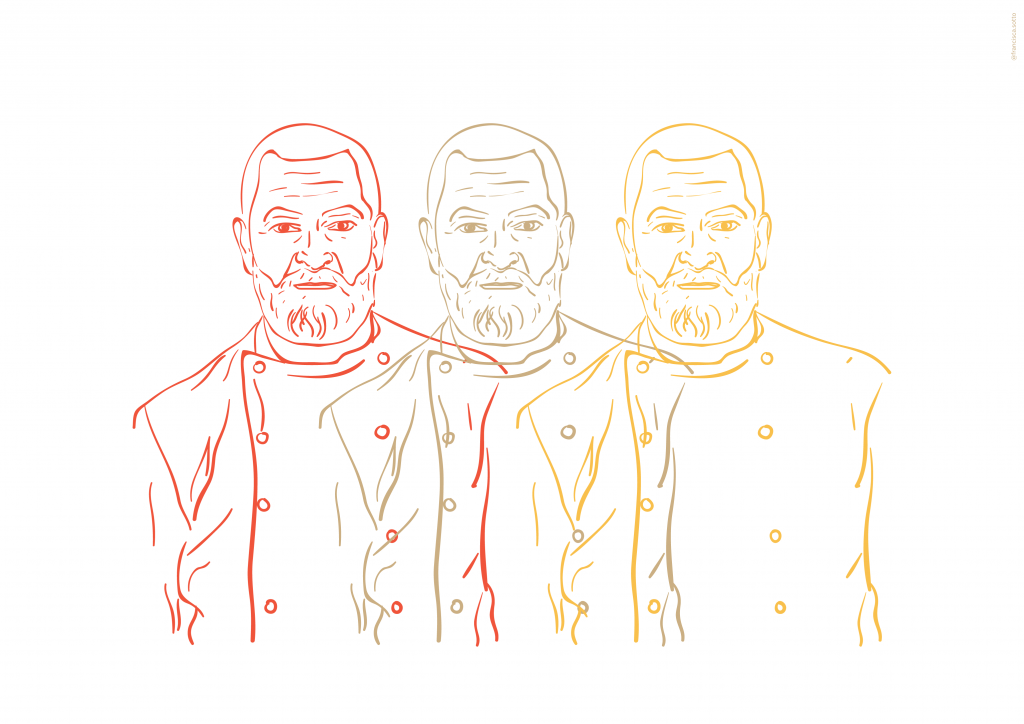
- Alentejo
- Community
⋅ -
Among the vineyards and stories at Herdade do Esporão
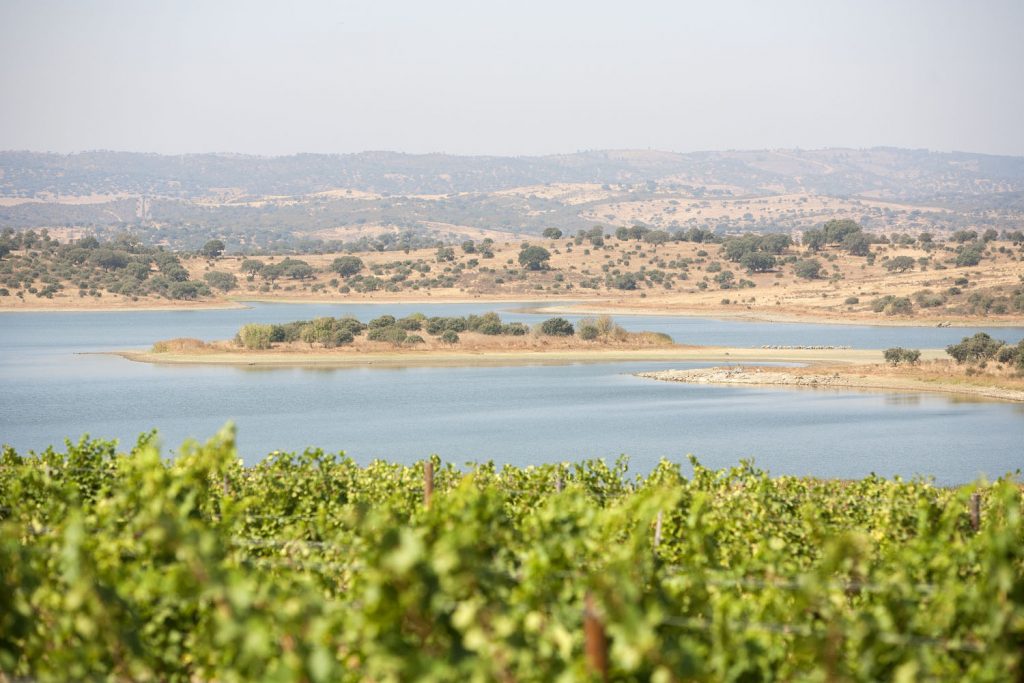
- Alentejo
- Tourism
⋅ -
Assobio with smoked chicken wings
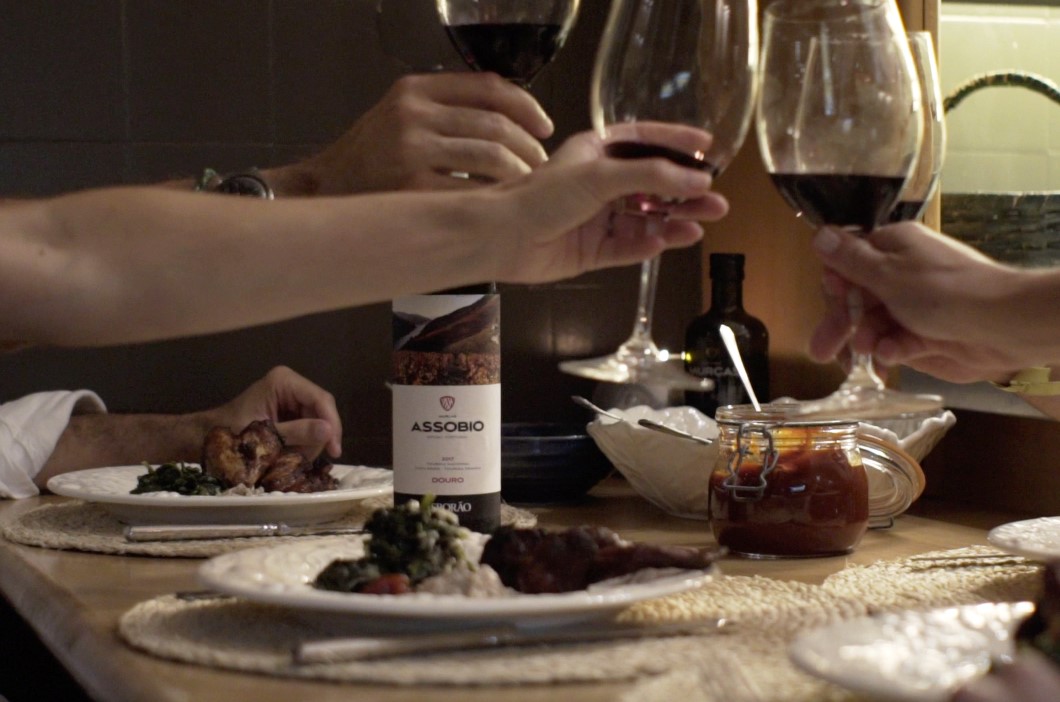
- Douro
- Gastronomy
⋅ -
Bacalhau de cebolada no forno

- Alentejo
- Gastronomy
⋅ -
Beetroot and pear toast

- Alentejo
- Gastronomy
⋅ -
Roast lamb with potatoes and sprouts

- Alentejo
- Gastronomy
⋅ -
Brownies de batata doce e chocolate com gelado de baunilha e Sovina Stout

- Porto
- Gastronomy
⋅ -
Carolino Springtime
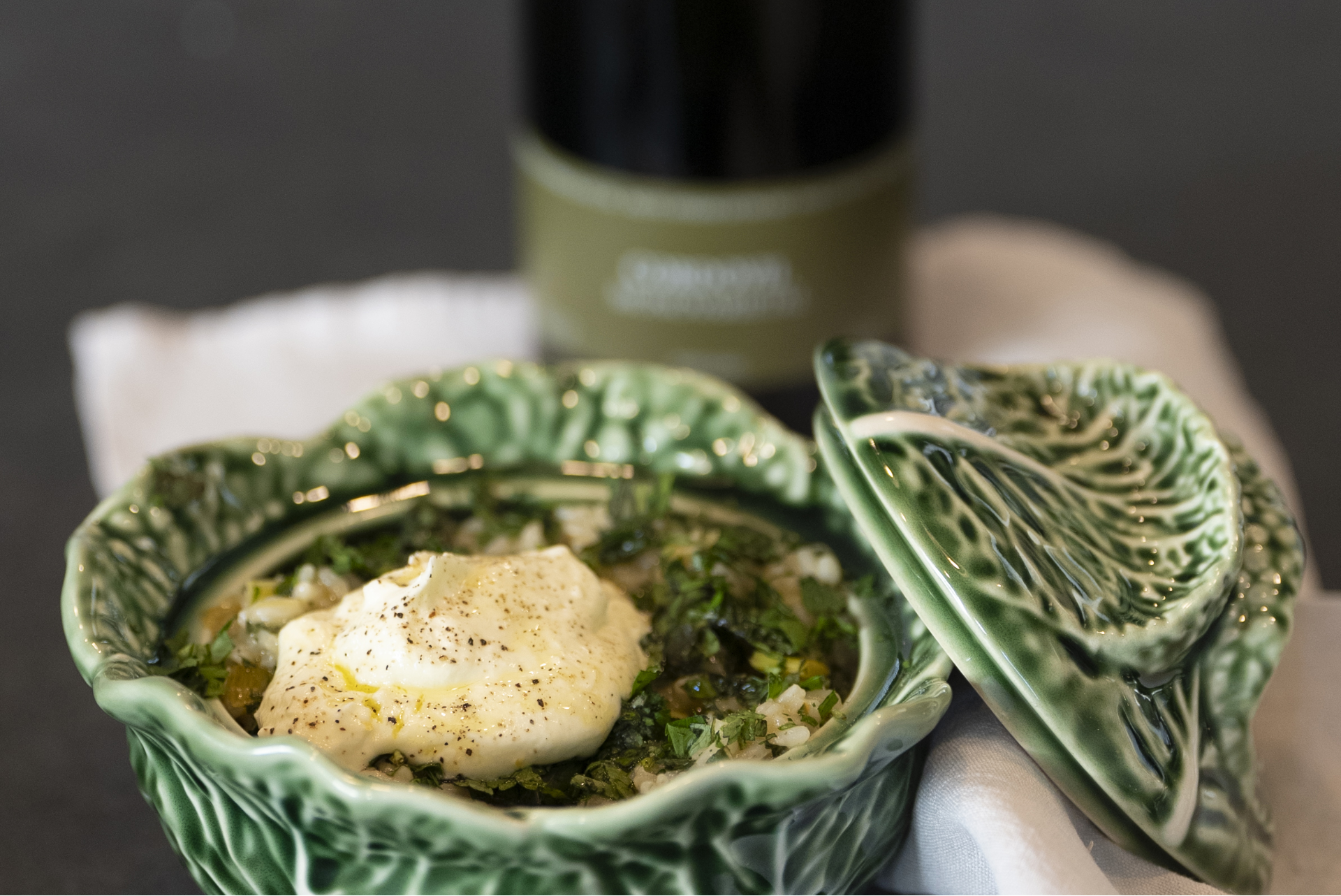
- Alentejo
- Gastronomy
⋅ -
Ceviche de corvina e manga em cama de quinoa

- Alentejo
- Gastronomy
⋅ -
Christmas Turkey Plait
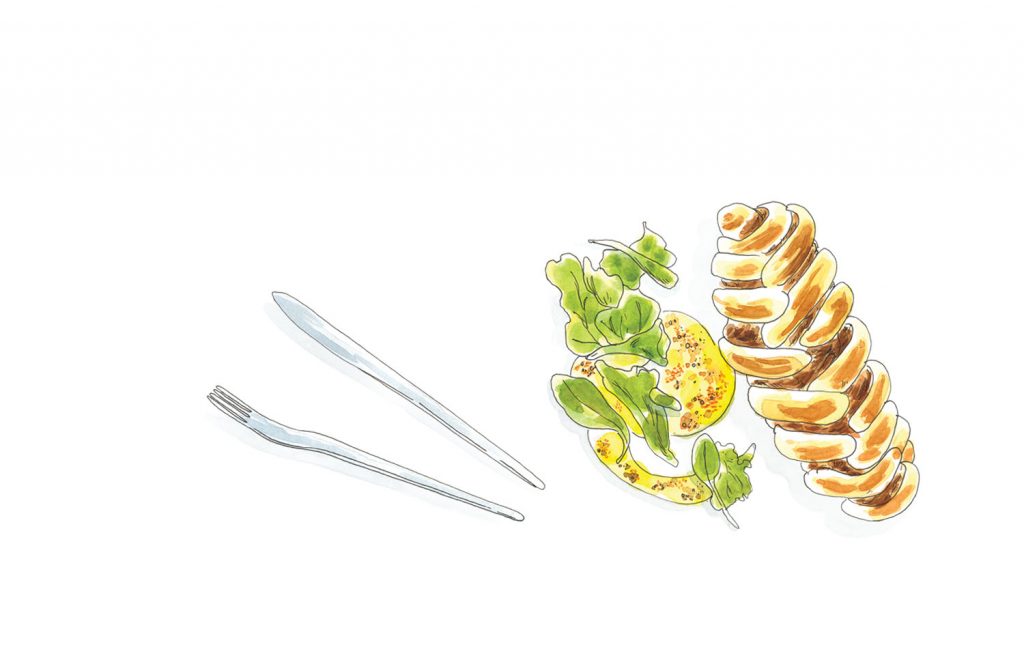
- Douro
- Gastronomy
⋅ -
Cod with Red Peppers
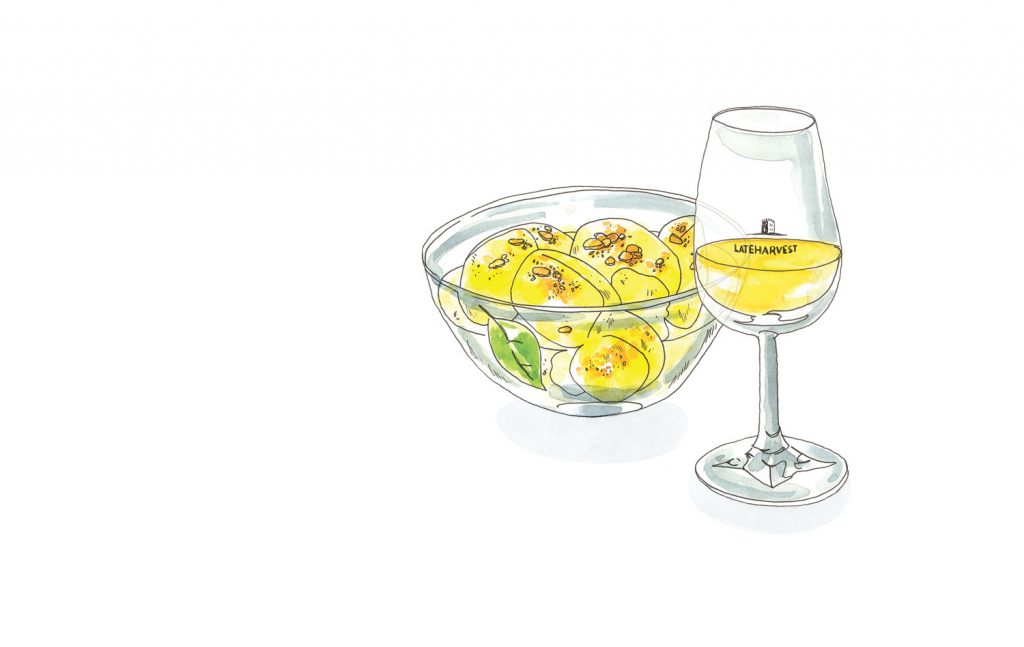
- Alentejo
- Gastronomy
⋅ -
Codfish à lagareiro with sautéed kale

- Alentejo
- Gastronomy
⋅ -
Costeleta de novilho com molho de cogumelos
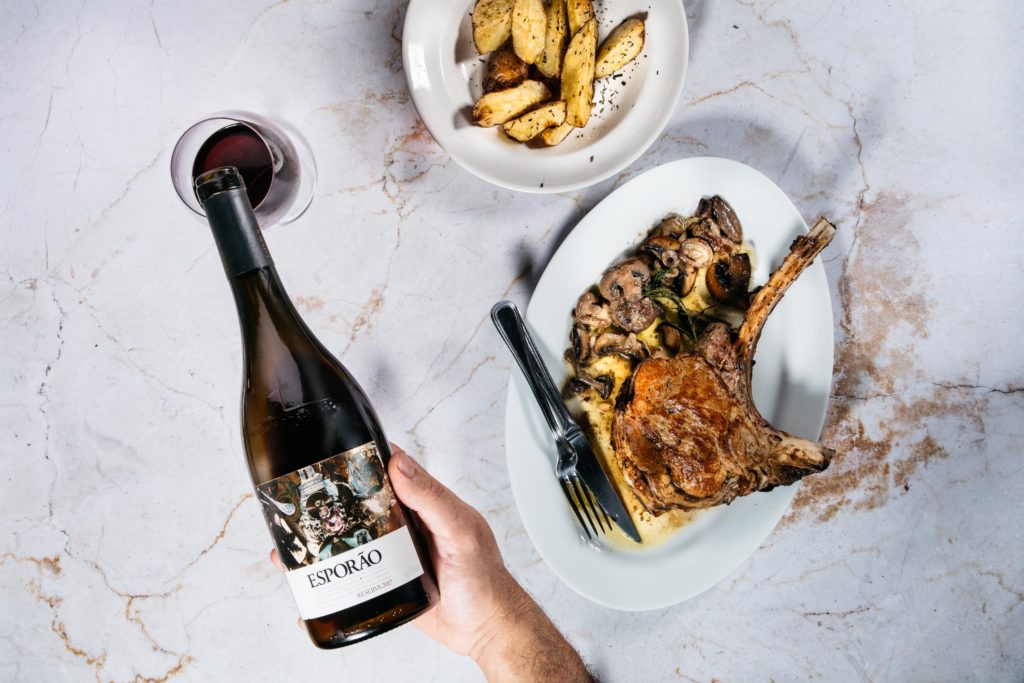
- Alentejo
- Gastronomy
⋅ -
Designer Eduardo Aires sobre o rótulo do nosso vinho de talha 2014

- Alentejo
- Wine
⋅ -
Duarte Belo - Four photographs and infinity
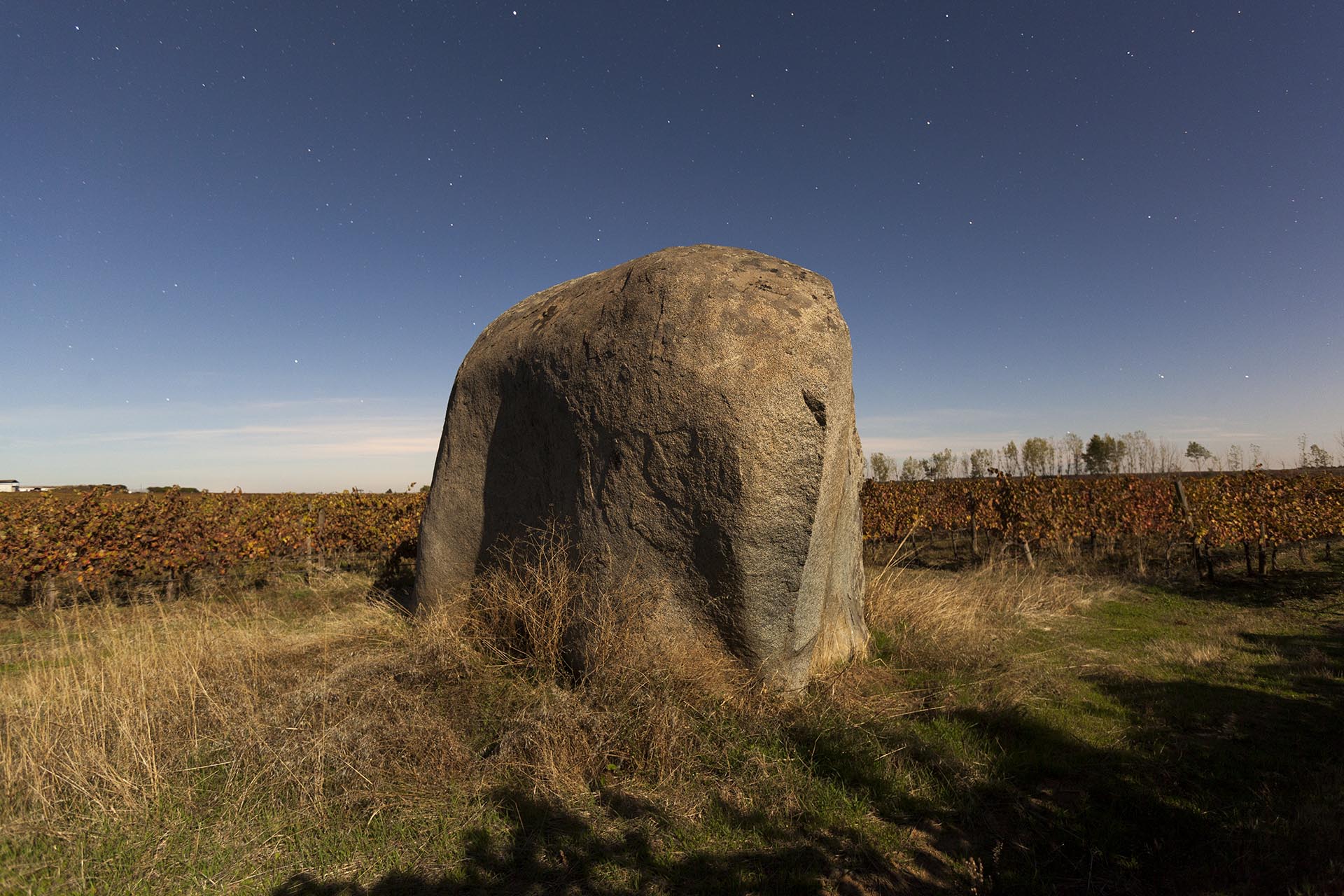
- Alentejo
- Art
⋅ -
Duck leg confit with blueberry sauce

- Alentejo
- Gastronomy
⋅ -
Emília Cristina - Monte Velho

- Alentejo
- History
⋅ -
Espetadas de salmão e camarão com molho de mostarda
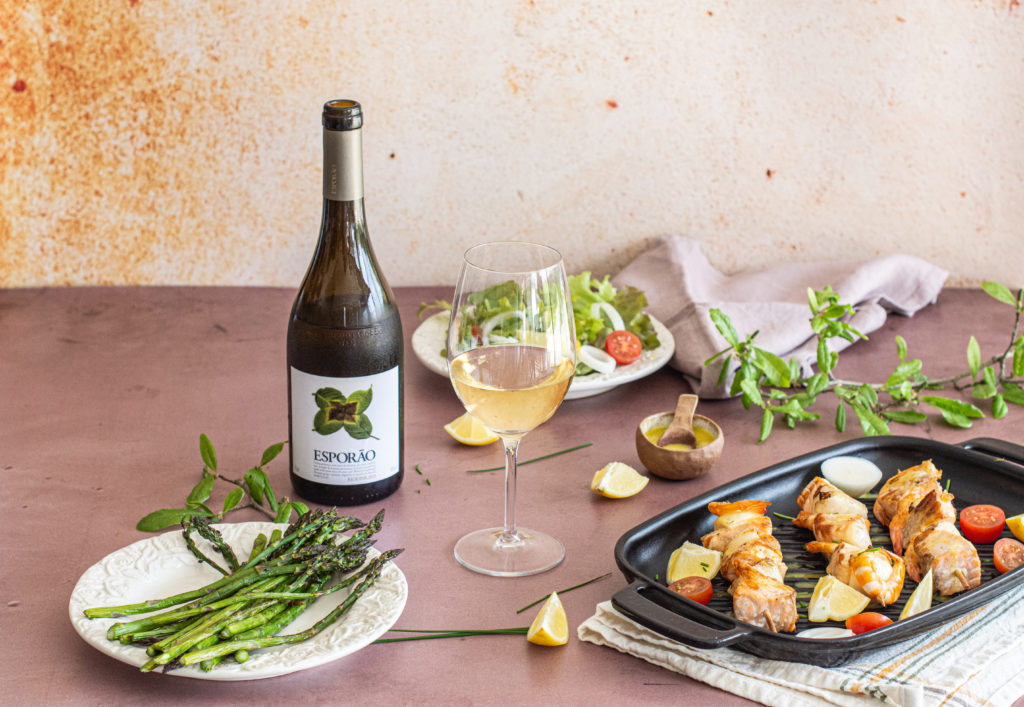
- Alentejo
- Gastronomy
⋅ -
Esporão Private Selection: from innovative to classic
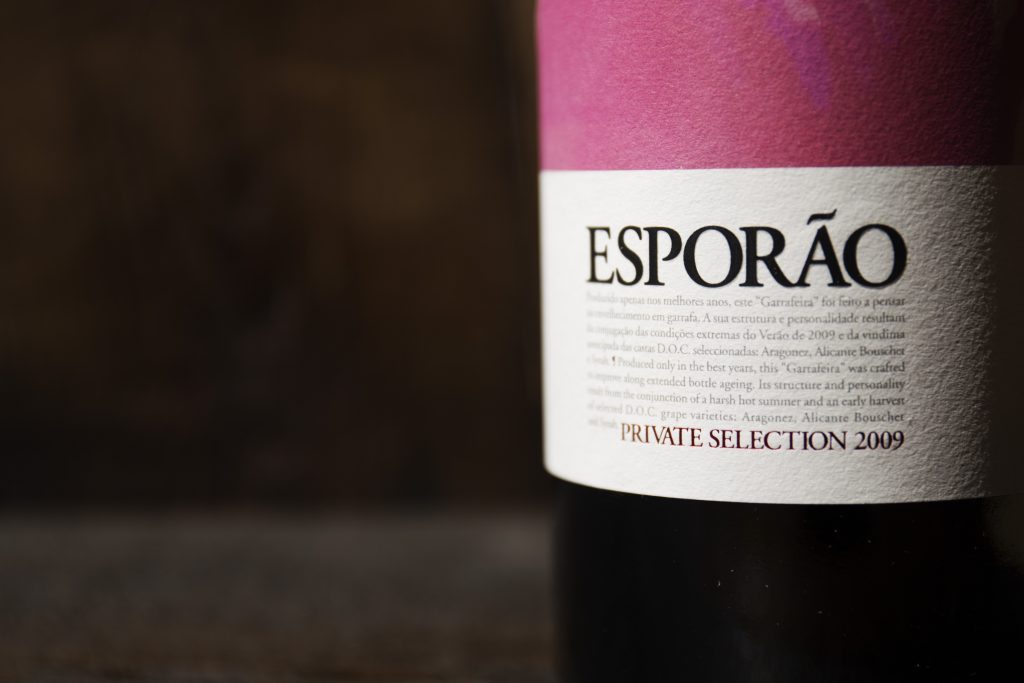
- Alentejo
- Wine
⋅ -
Esporão Reserva Branco 2019
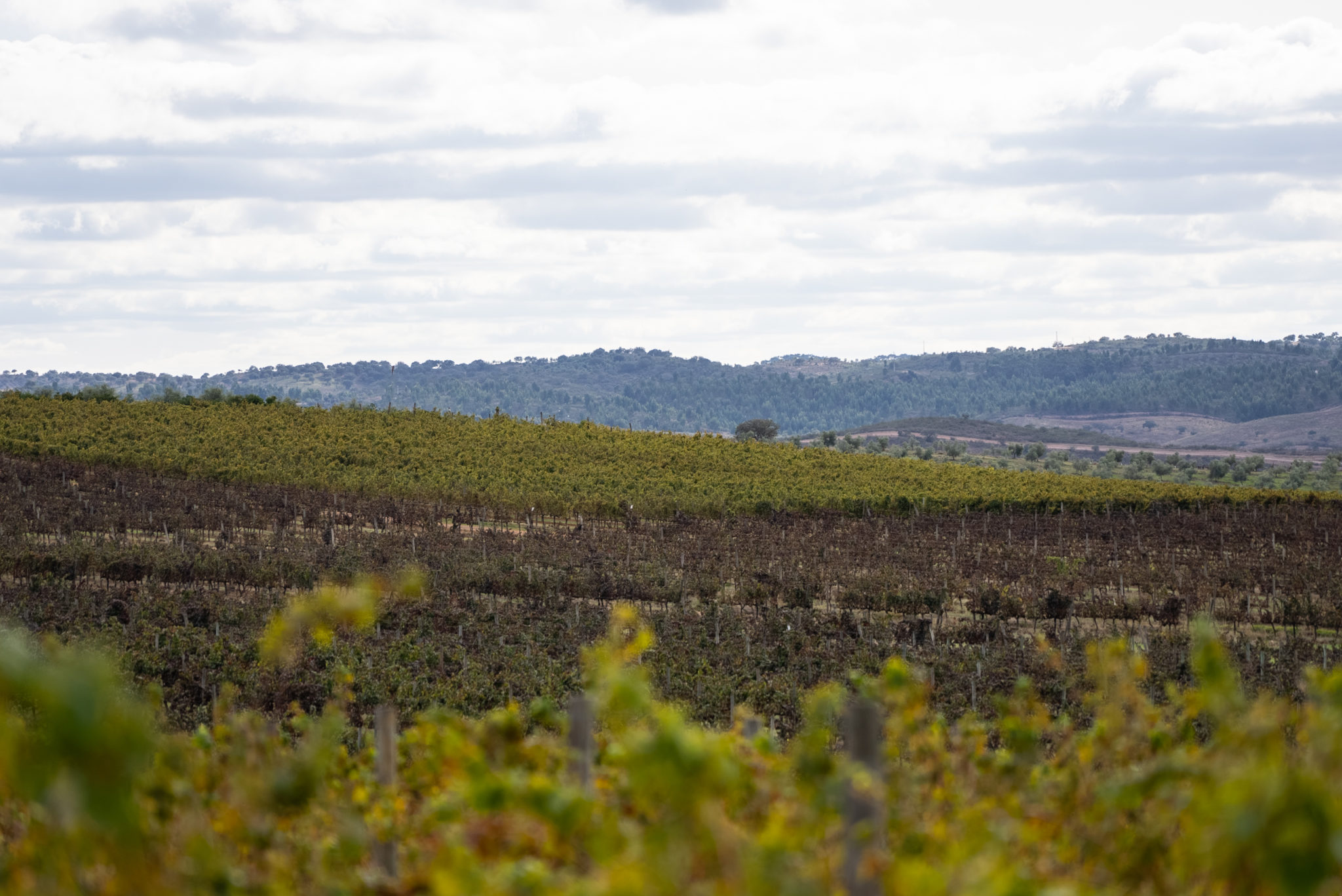
- Alentejo
- Wine
⋅ -
Esporão Reserva Red 2020
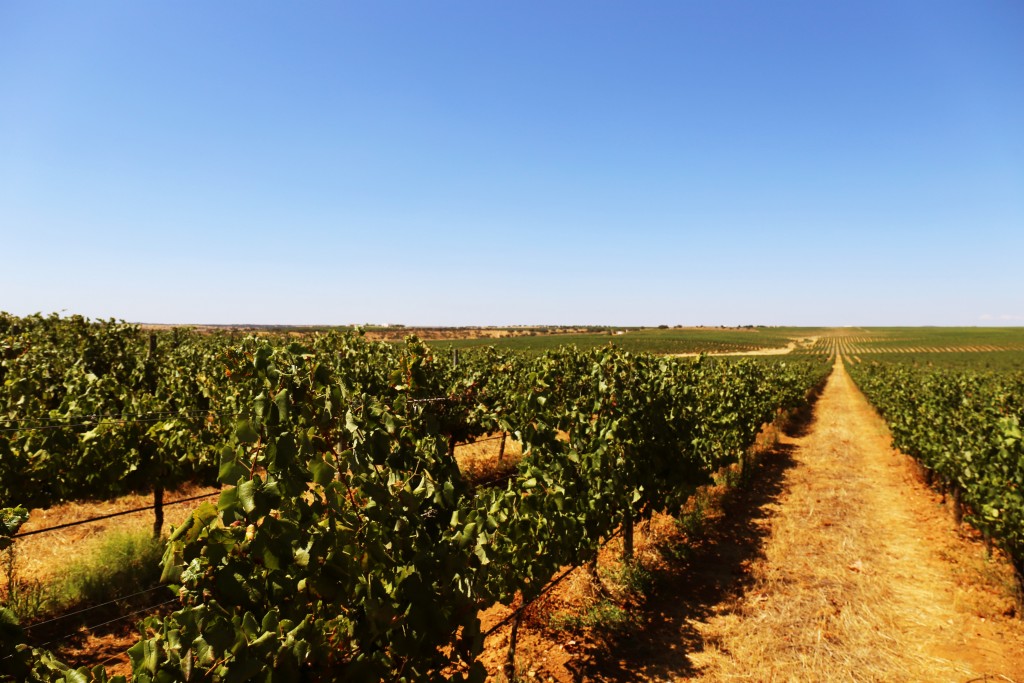
- Alentejo
- Wine
⋅ -
Esporão Reserva: Um universo de possibilidades e histórias
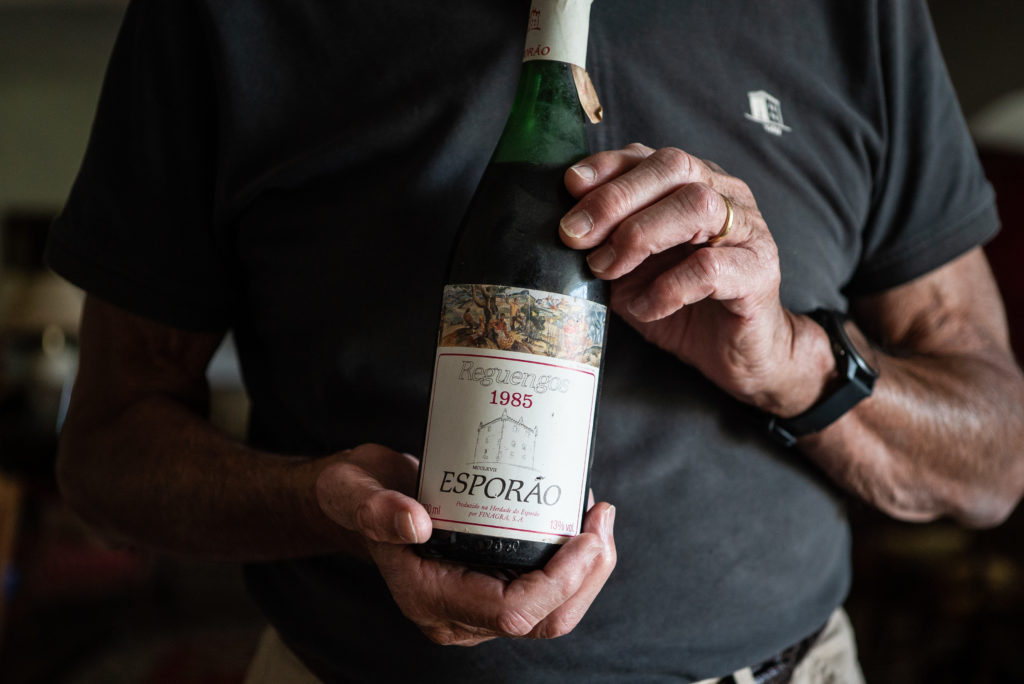
- Alentejo
- Wine
⋅ -
Esporão's olive mill: designed especially for our olive oils
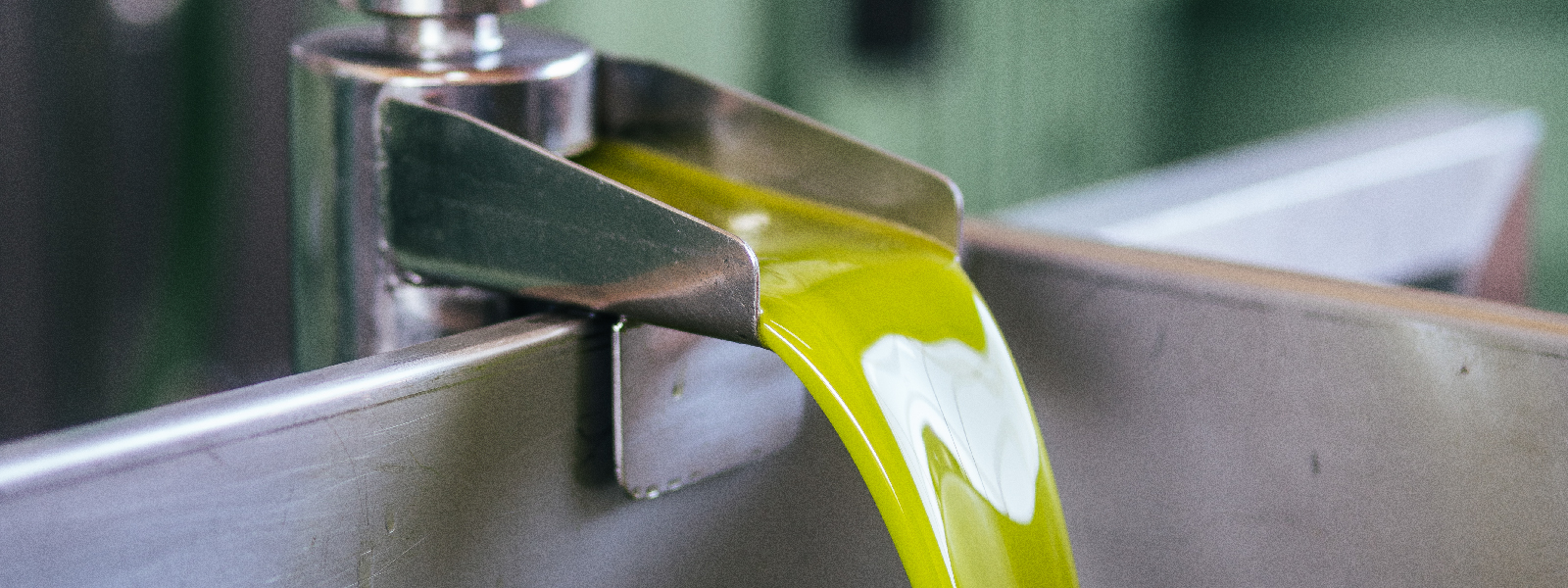
- Alentejo
- Olive Oils
⋅ -
Estamos entre as marcas de vinho mais admiradas do mundo
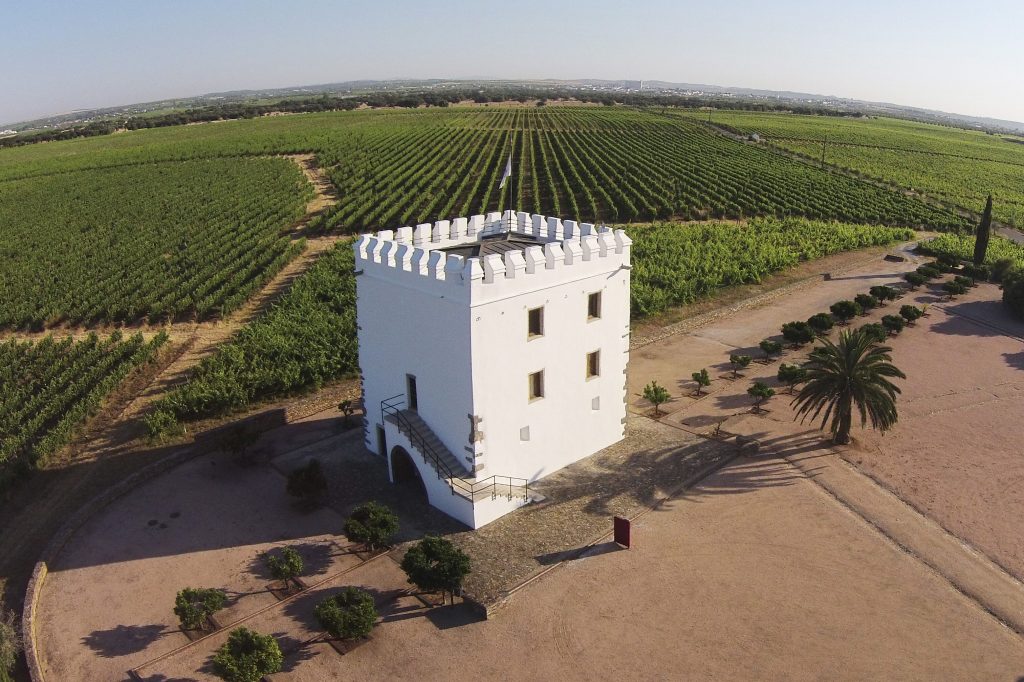
- Alentejo
- Wine
⋅ -
Estate
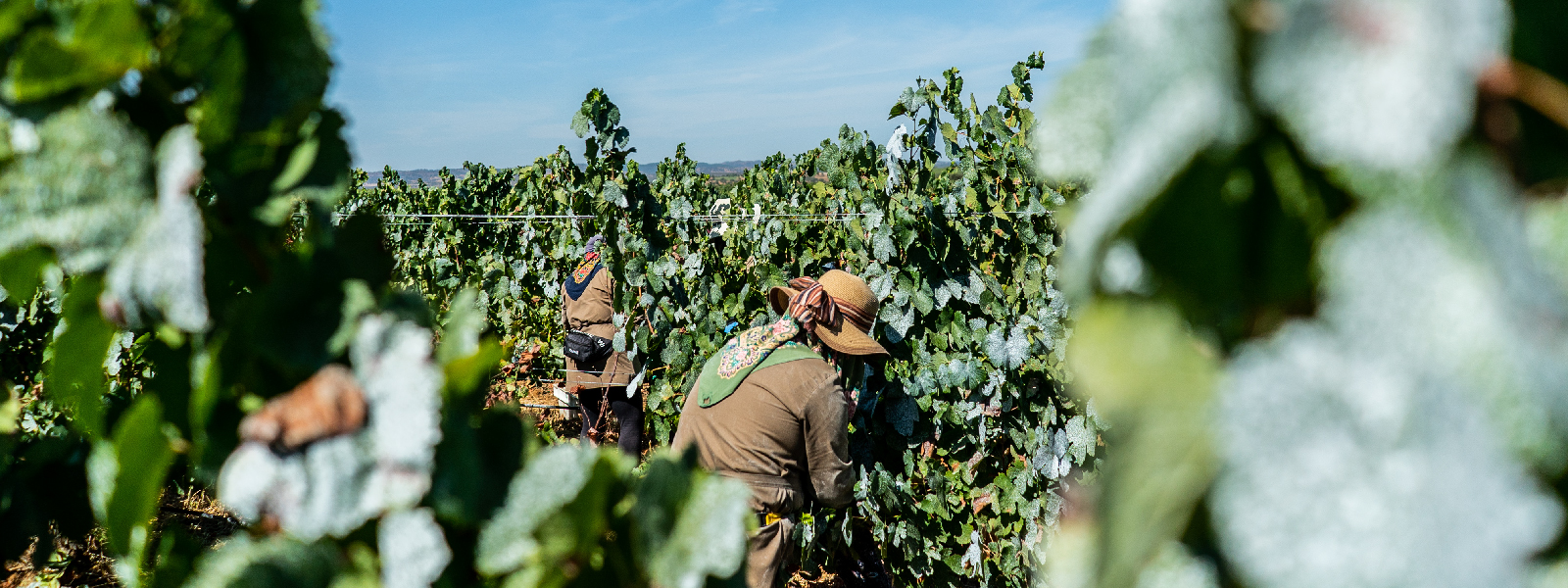
- Alentejo
- Wine
⋅ -
Estufado de lentilhas
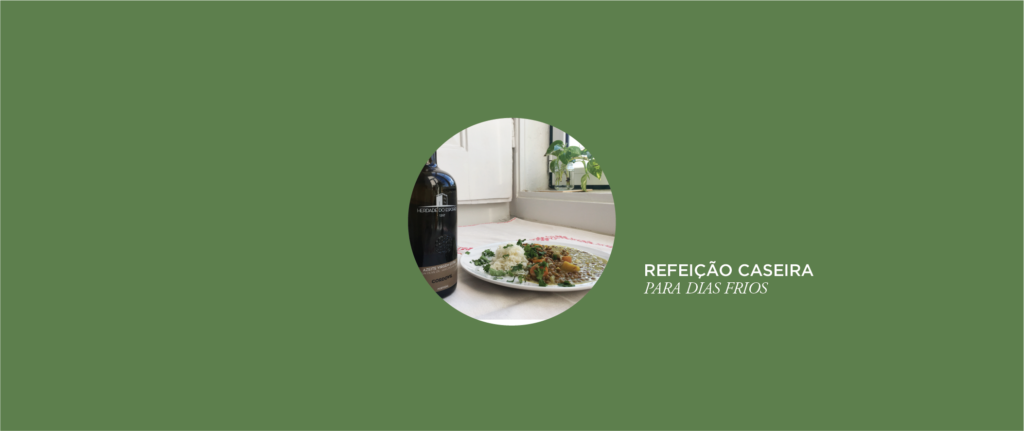
- Alentejo
- Gastronomy
⋅ -
Everything you need to know about olive oil

- Alentejo
- Olive Oils
⋅ -
Garlic Açorda (bread soup)

- Alentejo
- Gastronomy
⋅ -
Hake medallions with herb and prosciutto crust

- Alentejo
- Gastronomy
⋅ -
Dórdio Gomes

- Alentejo
- Art
⋅ -
Herdade do Esporão's Wild Side

- Alentejo
- Nature
⋅ -
João Hogan

- Alentejo
- Art
⋅ -
João Queiroz illustrates the labels for Esporão Reserva and Private Selection 2014
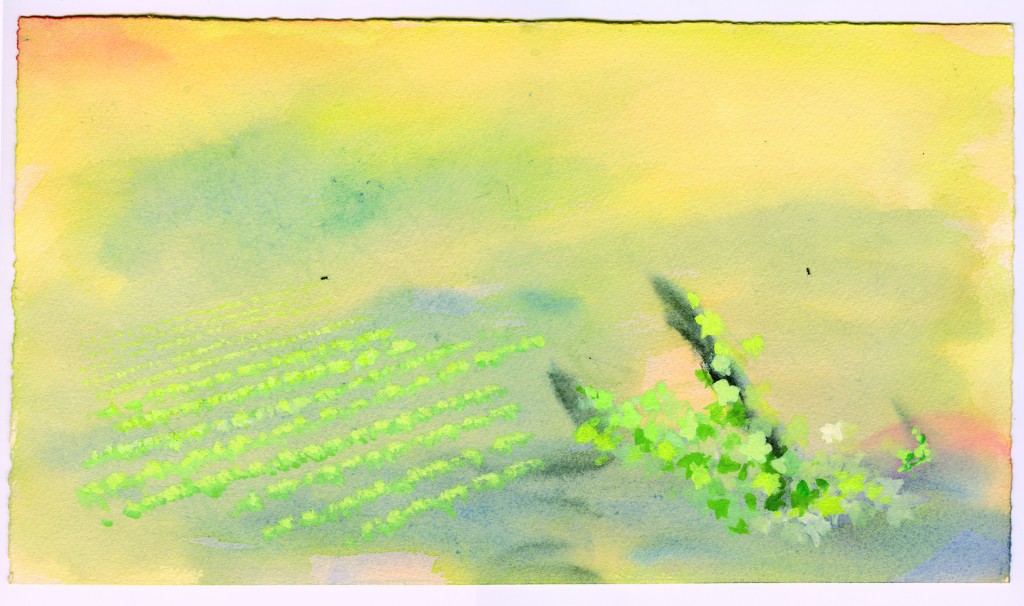
- Alentejo
- Art
⋅ -
Júlio Resende

- Alentejo
- Art
⋅ -
Lançamento Azeite Novo 2022/2023
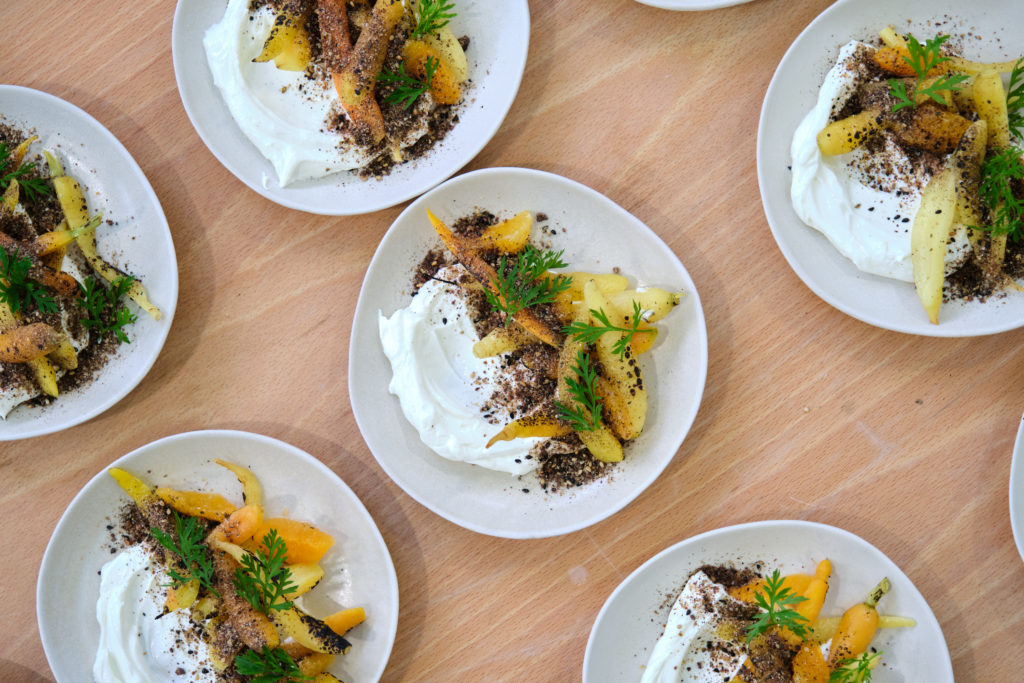
- Alentejo
- Olive Oils
⋅ -
Learn how to taste wine in 4 easy steps
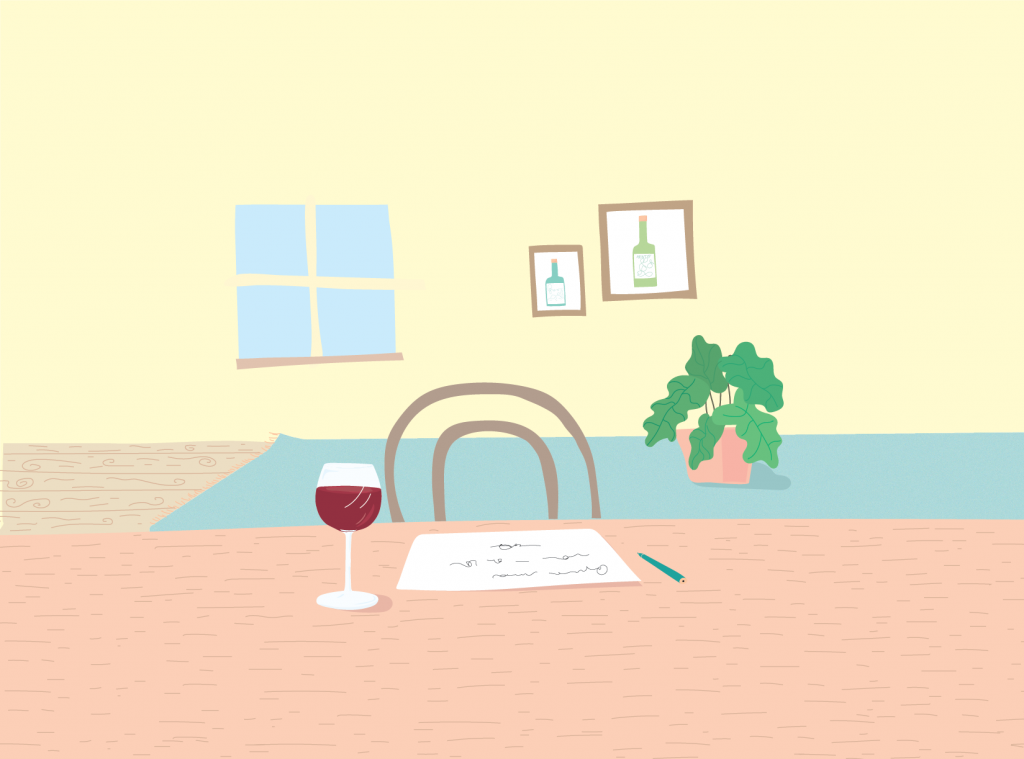
- Alentejo
- Wine
⋅ -
Lemon twist biscuits with extra virgin olive oil

- Alentejo
- Gastronomy
⋅ -
Manuel Cargaleiro
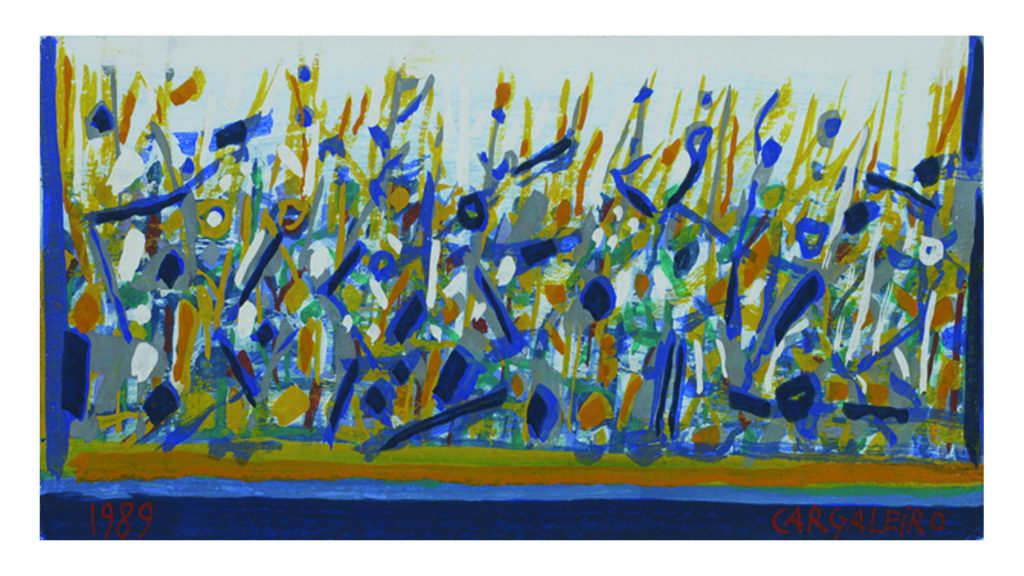
- Alentejo
- Art
⋅ -
Marcelo Scofano: levar o azeite virgem extra até ao Brasil

- Alentejo
- Community
⋅ -
Monkfish Rice
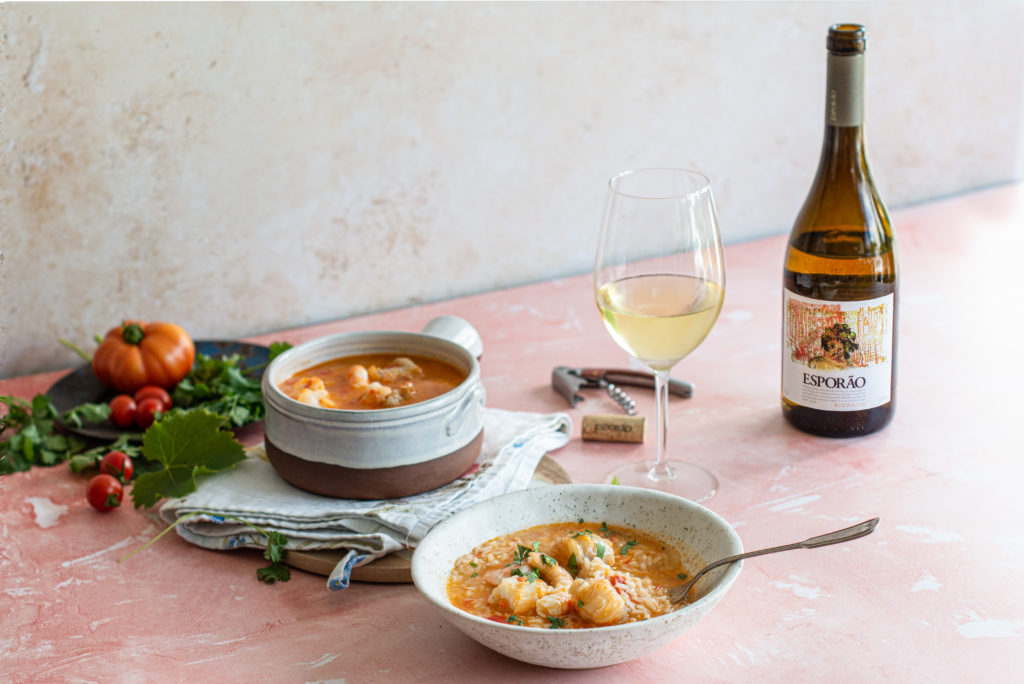
- Alentejo
- Gastronomy
⋅ -
Monte Velho: The portrait of a region through its wine

- Alentejo
- Wine
⋅ -
Mousse de chocolate com azeite Esporão virgem extra biológico e flor de sal

- Alentejo
- Gastronomy
⋅ -
Muscovado Pears

- Alentejo
- Gastronomy
⋅ -
Nature is in the details
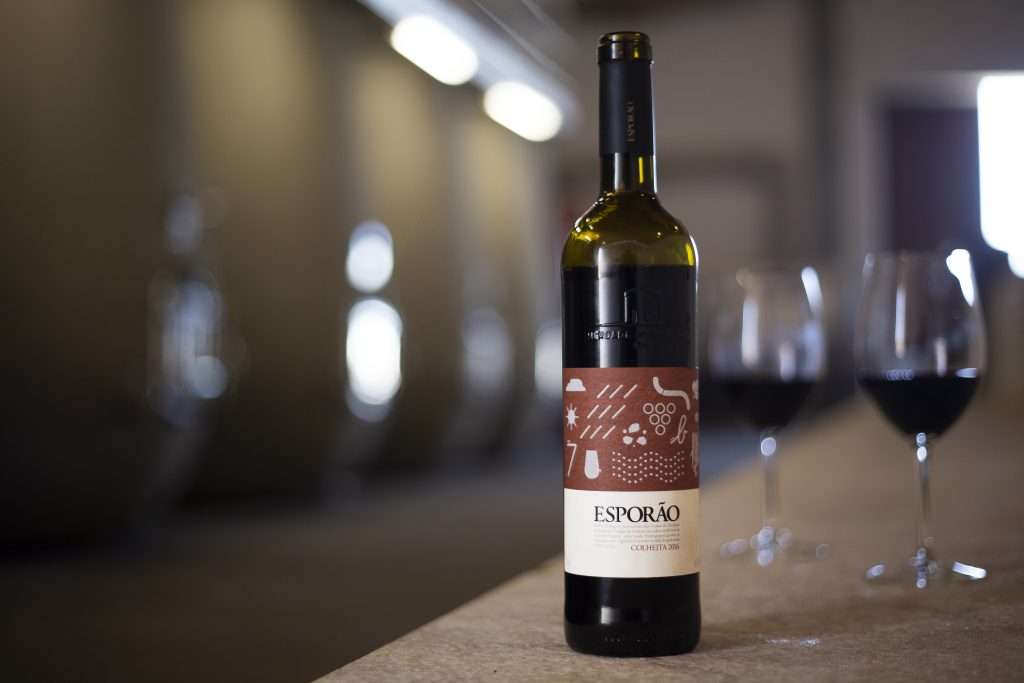
- Alentejo
- Wine
⋅ -
O vinho e a temperatura
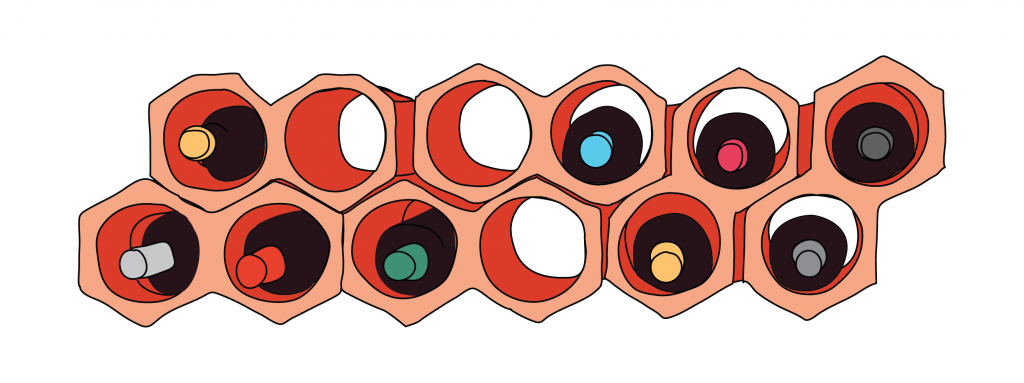
- Alentejo
- Wine
⋅ -
Octopus "à lagareiro"
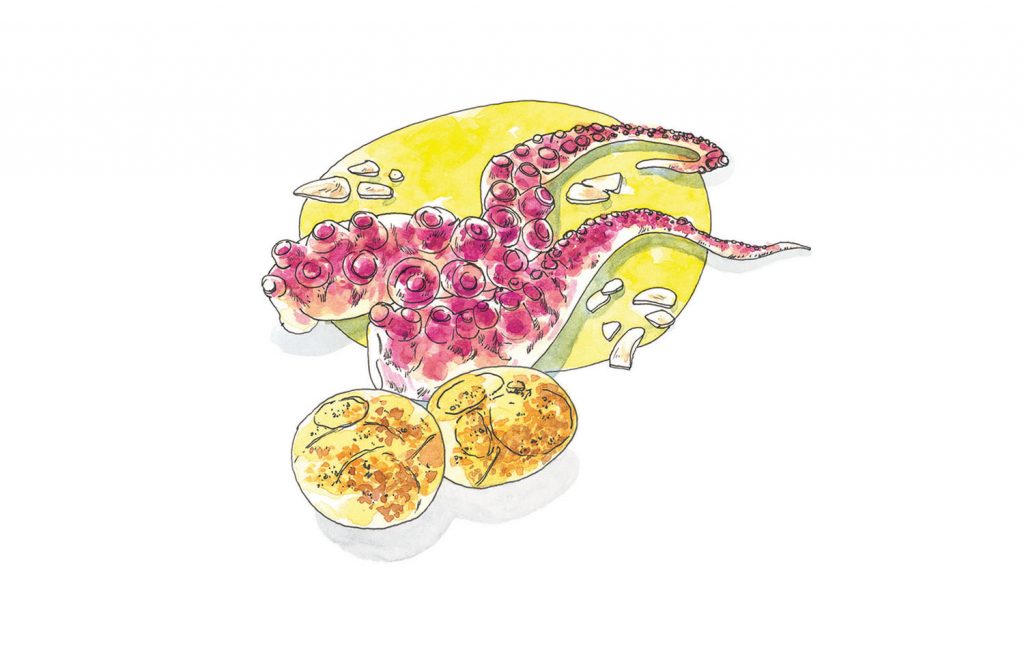
- Douro
- Gastronomy
⋅ -
Olive oil: an ancient passion

- Alentejo
- Community
⋅ -
Patience is a virtue

- Alentejo
- Wine
⋅ -
Perdiz estufada com Esporão Aragonez
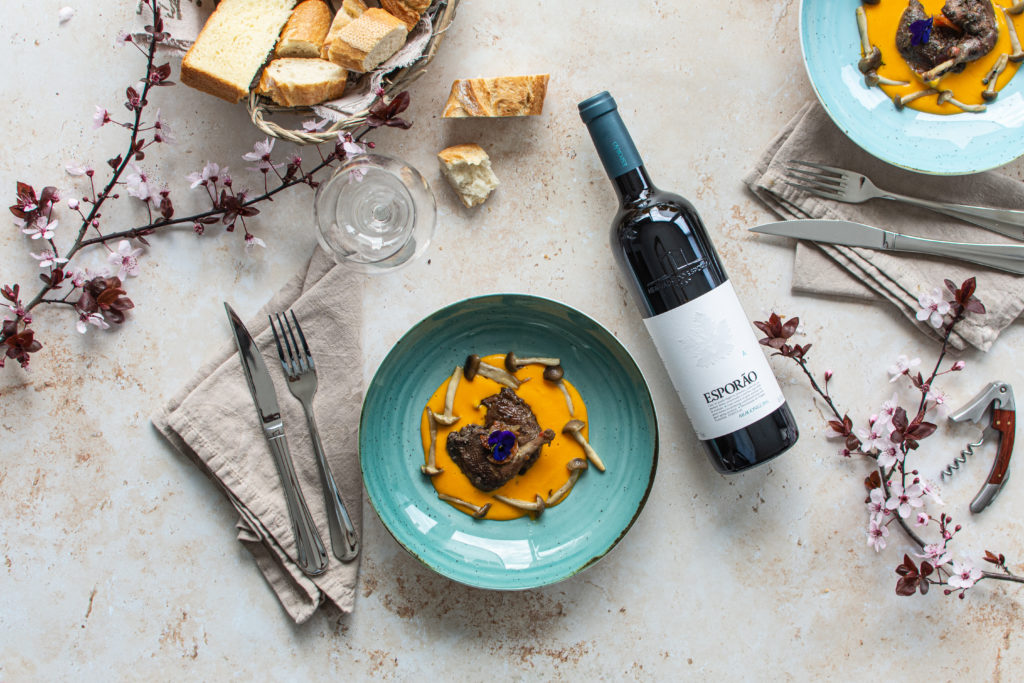
- Alentejo
- Gastronomy
⋅ -
Pizza with chèvre, honey and walnuts

- Alentejo
- Gastronomy
⋅ -
Pork tenderloin with flour sausage and roast pumpkin purée
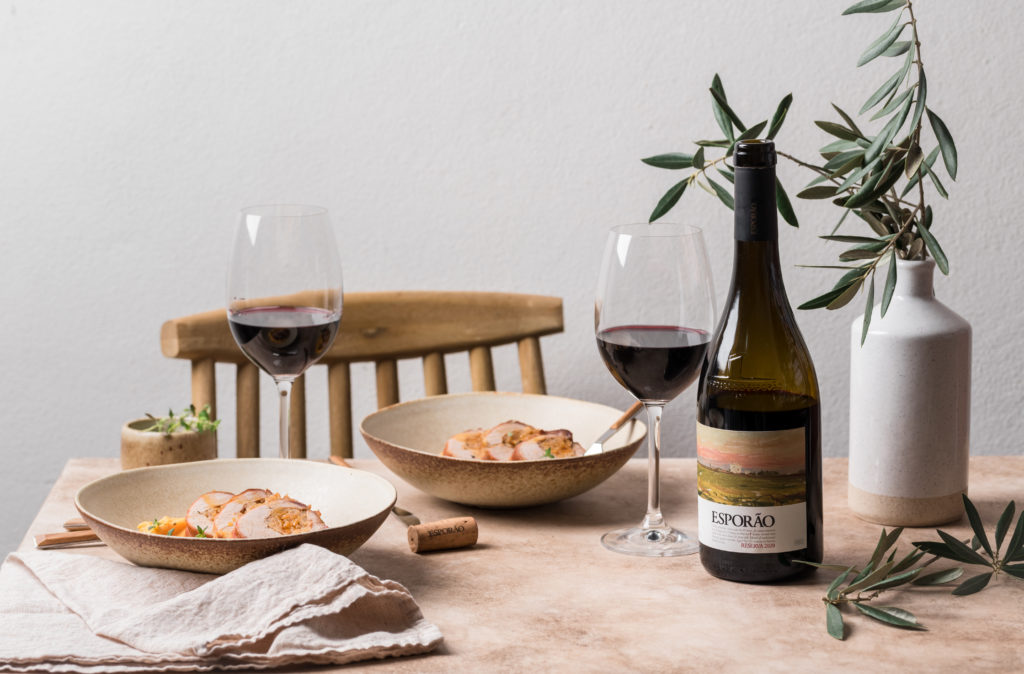
- Alentejo
- Gastronomy
⋅ -
Roast leg of lamb with quince
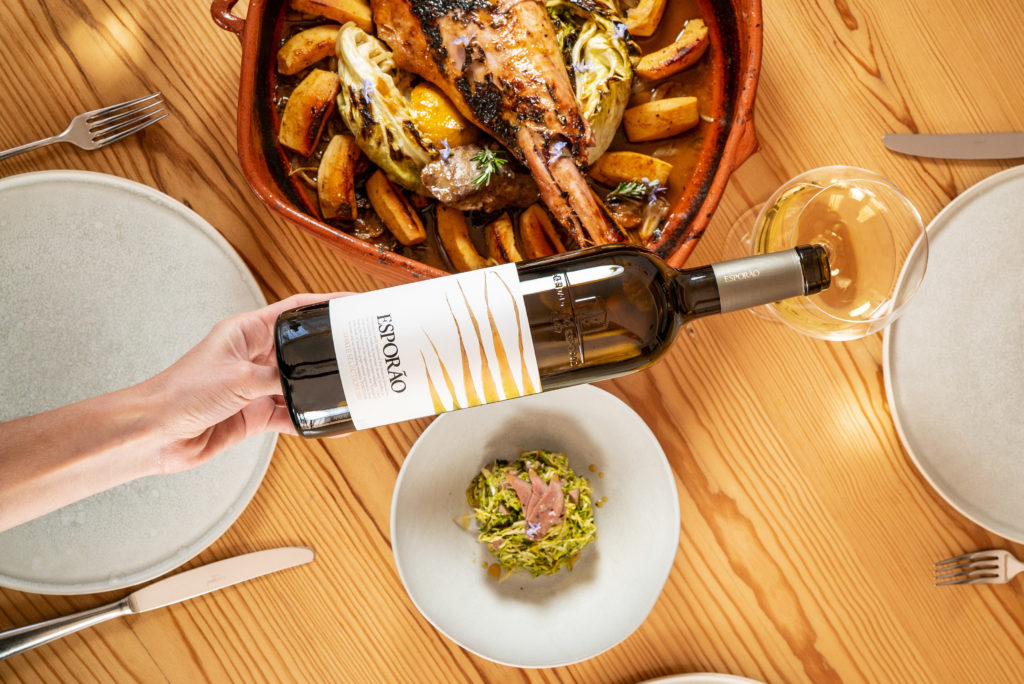
- Alentejo
- Gastronomy
⋅ -
Roast pork legs with herbs

- Alentejo
- Gastronomy
⋅ -
Roast pork shoulder glazed with honey and spices

- Alentejo
- Gastronomy
⋅ -
Roast snapper with sweet potato, onion and peppers

- Alentejo
- Gastronomy
⋅ -
Rosemary and Sage Focaccia with Baked Camembert

- Alentejo
- Gastronomy
⋅ -
Rump steak, Terceira Island style
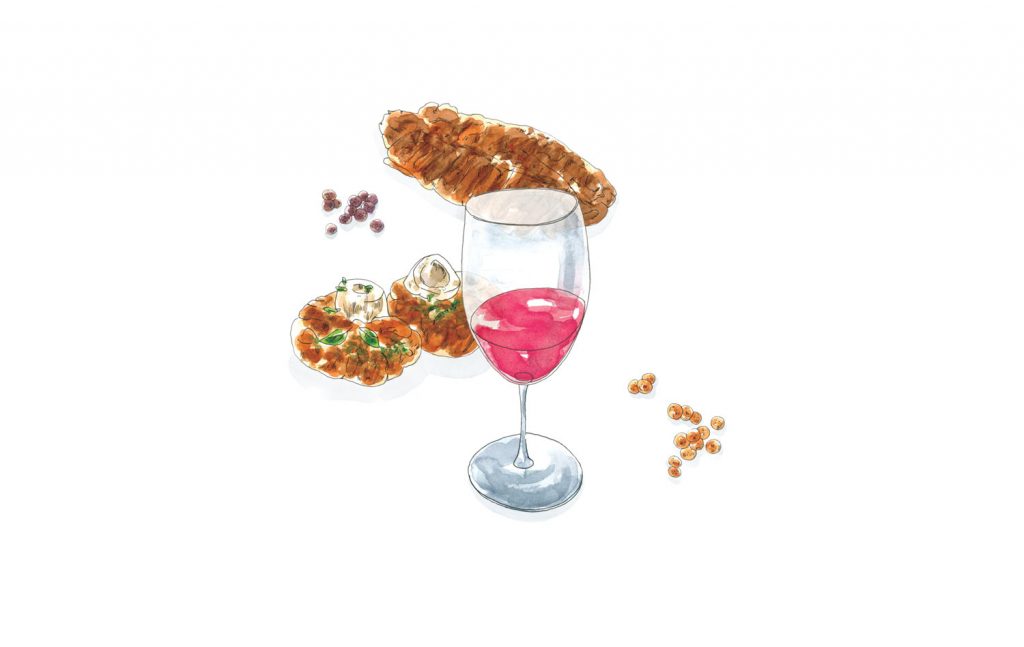
- Alentejo
- Gastronomy
⋅ -
Salada de funcho, laranja e salmão
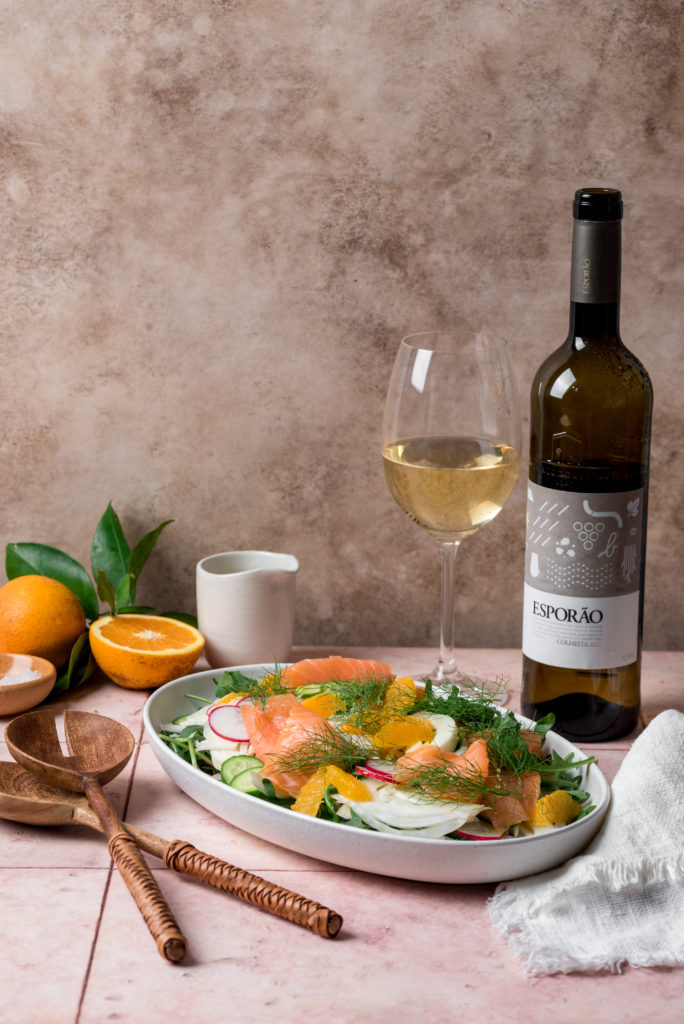
- Alentejo
- Gastronomy
⋅ -
Salmon pudding Quinta da Borralha style
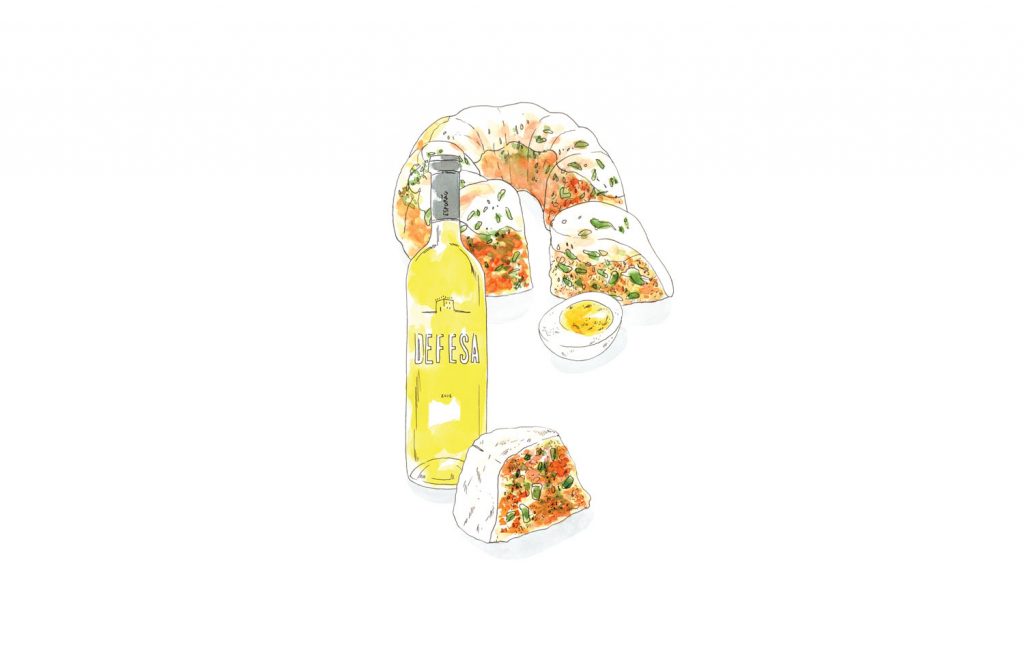
- Alentejo
- Gastronomy
⋅ -
Seven soils at Esporão's estate
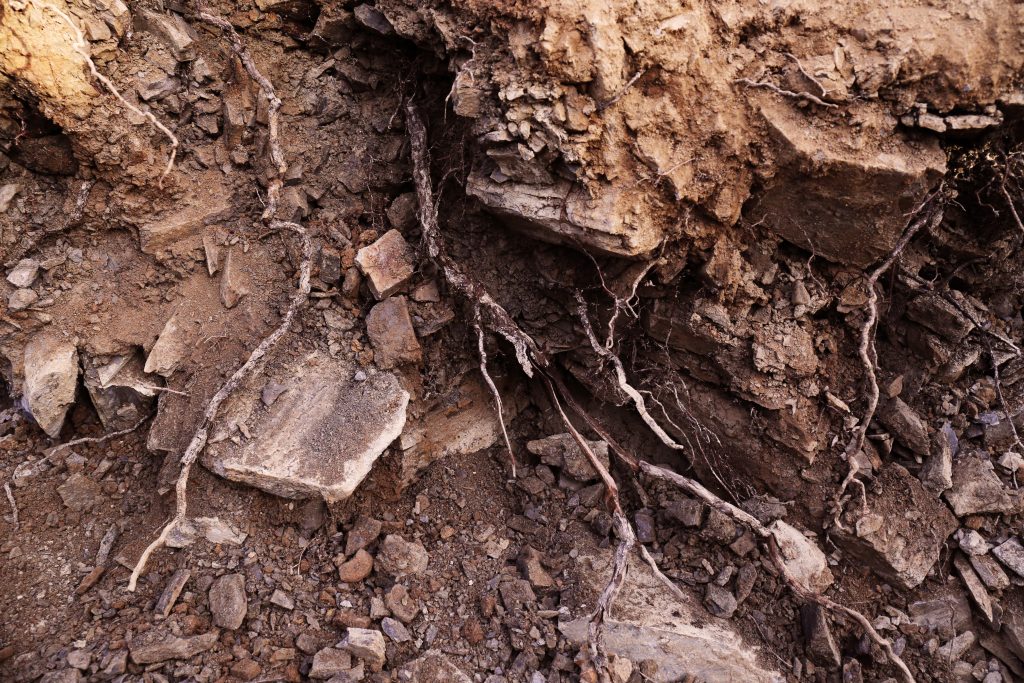
- Alentejo
- Nature
⋅ -
Shakshuka with chickpeas and spinach

- Alentejo
- Gastronomy
⋅ -
Spaces at Herdade do Esporão Tourism
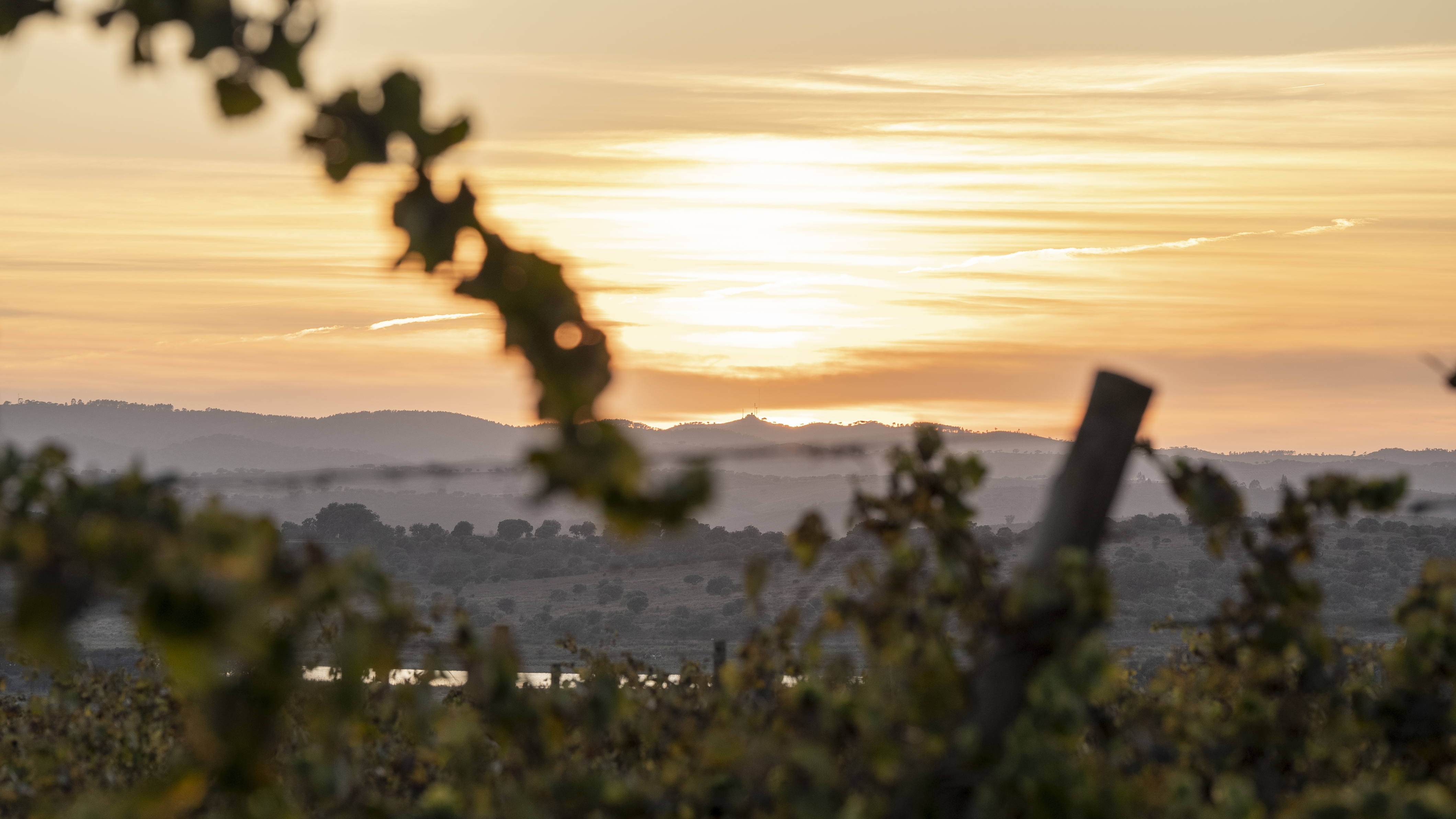
- Alentejo
- Tourism
⋅ -
Summer Salad
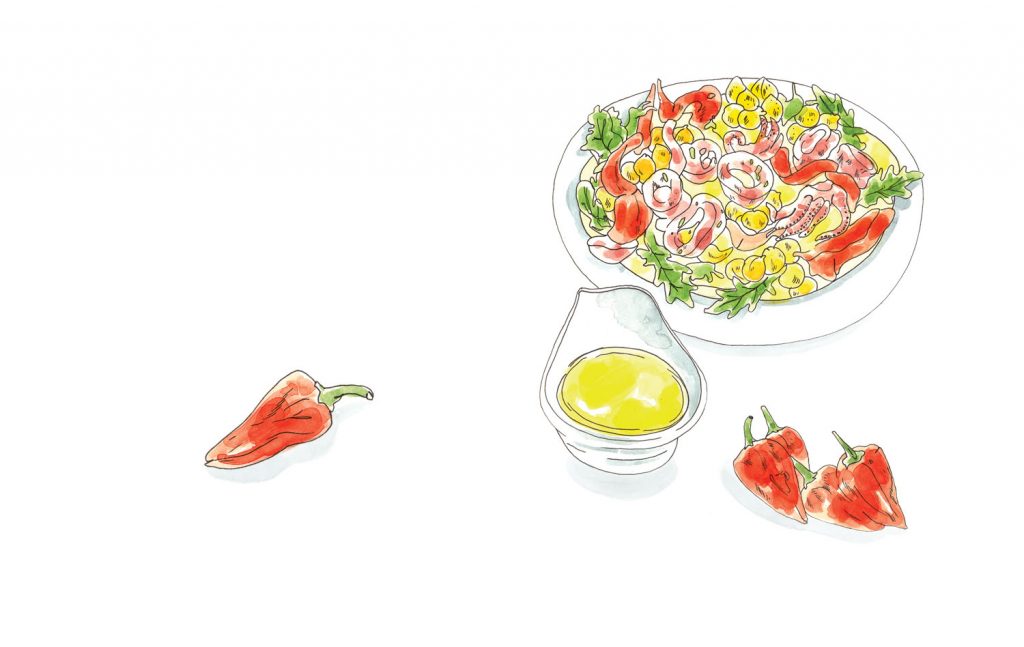
- Alentejo
- Gastronomy
⋅ -
Tarte de cogumelos
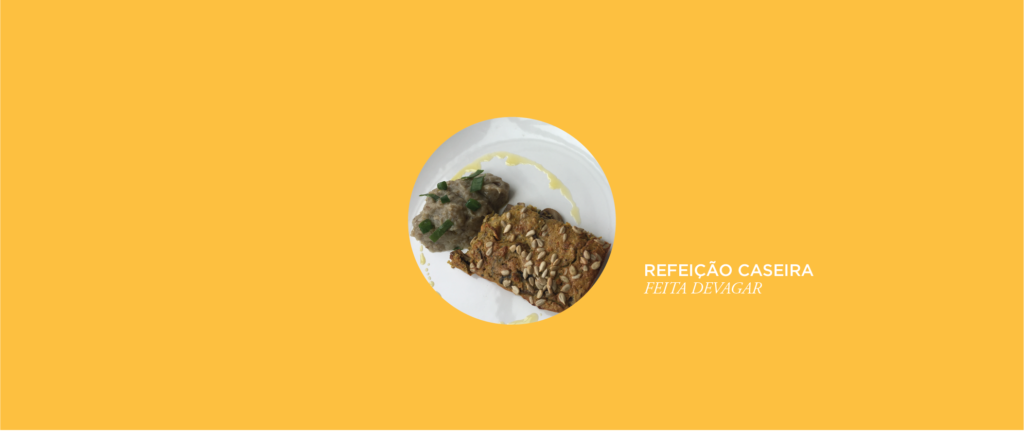
- Alentejo
- Gastronomy
⋅ -
Tasting olive oils in 5 steps

- Alentejo
- Olive Oils
⋅ -
The art of making amphora wine
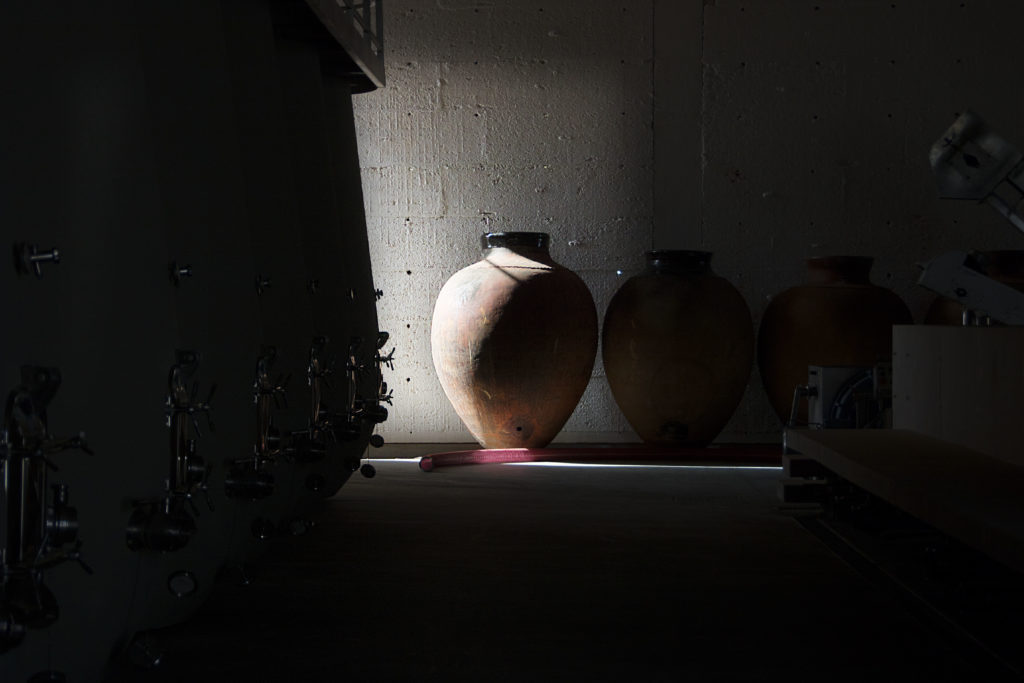
- Alentejo
- Wine
⋅ -
The dimensions of Esporão's ecosystem: relationships with suppliers

- Alentejo
- Community
⋅ -
The renovated House of Murças: from architecture to design
- Douro
- Art
⋅ -
The truth about olive oil

- Alentejo
- Olive Oils
⋅ -
Torre do Esporão

- Alentejo
- Wine
⋅ -
Três vinhos ao pormenor

- Alentejo
- Wine
⋅ -
Viúva Lamego - Monte Velho
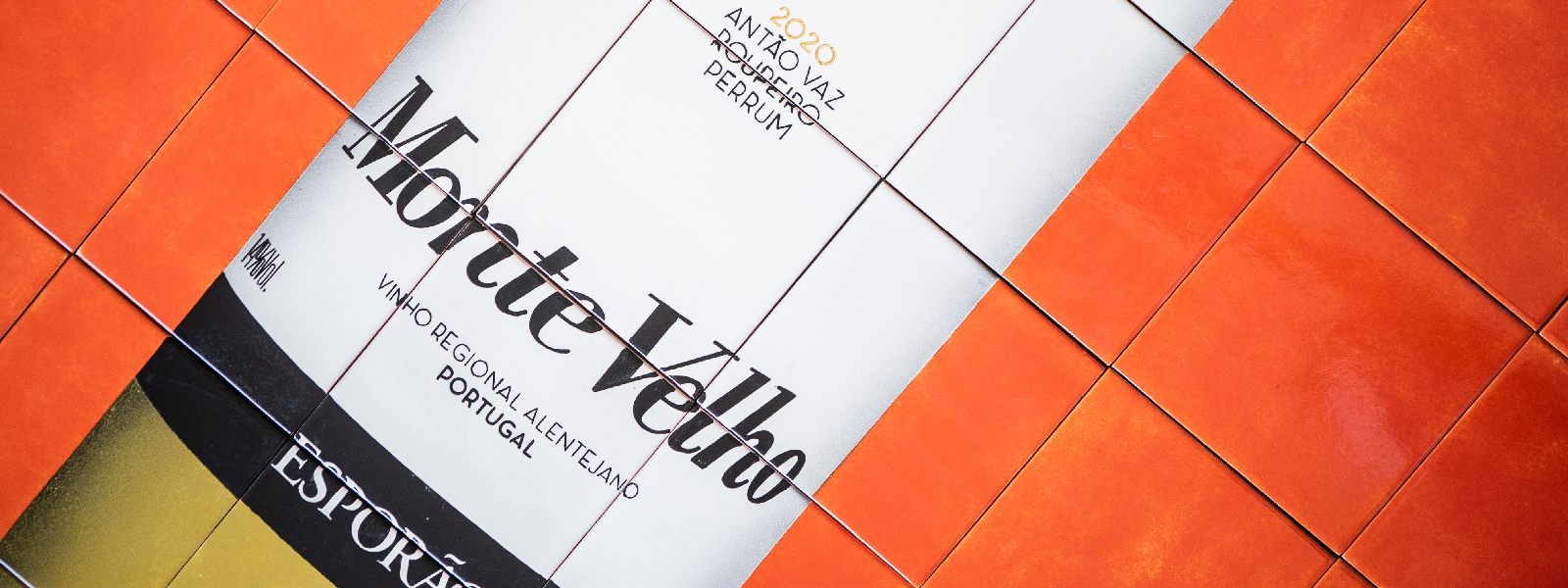
- Alentejo
- Community
⋅ -
Xico Tarefa - Monte Velho

- Alentejo
- Community
⋅